Jeroen EROSIE (NL): Freedom of the artist mind through the drawn line
Youth into drawing and style writing
Dutch artist Jeroen Erosie was born in 1976 and grew up in the south of the Netherlands, in Eindhoven. It is one of the few small cities that, thanks to local writer Freaky/Phet 15, was featured with pictures of graffiti pieces in Henry Chalfant’s book „Spraycan Art” from 1987. The city is the fifth largest in the Netherlands, and that small-town situation, according to EROSIE, probably made it an interesting place in the late 1980s and 1990s. „Many people teamed up instead of competing with each other; there were many bands, DJs, producers, graffiti writers and artists all influencing and knowing each other, meeting at concerts or illegal parties that Eindhoven was known for“, he remembers.
In the mid-1980s a graffiti scene emerged in Eindhoven and EROSIE discovered tags and throw ups as a kid in the streets and was fascinated. He was already drawing a lot as a child, a major occupation together with cycling and skateboarding. At home, he grew up with a troubled family life and accompanied stress, so drawing became his personal safe space, where he could forget everything and feel free. A way of diversion, a form of escapism, he tells today. After discovering tags and colourful graffiti pieces, he started to sketch letters himself. „The bold shapes, characters and colours were everywhere and I loved it “, he still thinks today. He started style writing in 1992/1993, just after the first big wave of style writing, and in the middle of hardcore train writing in the Netherlands and subway bombing in Amsterdam. His first moniker was EROS and he started painting in the streets. Later he was part of the SOL crew, and changed his name into EROSIE at the end of the 90s. This period was a vibrant time, musically and visually, everything felt like a discovery, according to him. There were very limited reference points that made a big impression. Next to MTV as a big source of information, there were one or two interesting radio shows. People were traveling to different cities to see local graffiti in real and take pictures, and to find that specific book or magazine about graffiti in a shop. It was a time of connecting, experimenting, mixing, and not sticking to one genre or theme but having an open mind in allowing different influences. In Eindhoven, they had a good mix of people moving around in different scenes back then, according to EROSIE, mostly graffiti writers with a curious attitude like the people of Betamaxxx, Space3 and SOL crew, with whom he would be active in the streets in the following years. He remembers riding his bike through the city and around, loving the streets and what was going on there.
EROSIE was inspired by everything he discovered and developed his own style, being open for experiments, adding characters, not especially sticking to one letter form like block or semi wild style. By the end of the 1990s he started to lose interest in the classical style writing of his name and developed new ideas and forms of expression, especially for the streets.

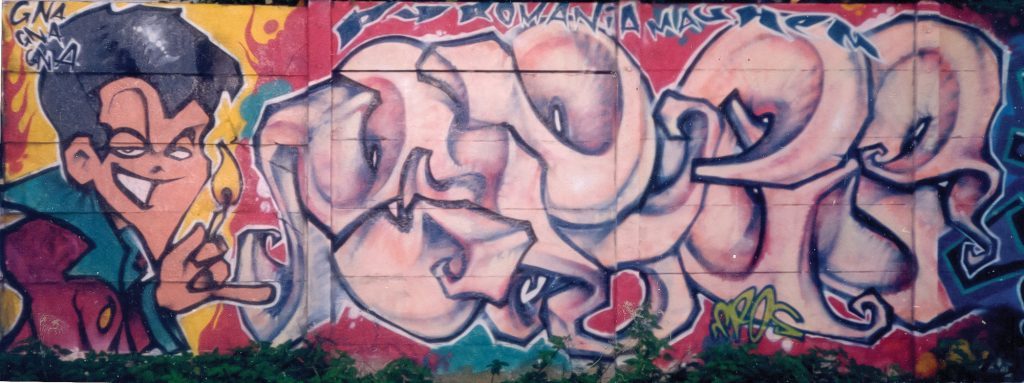
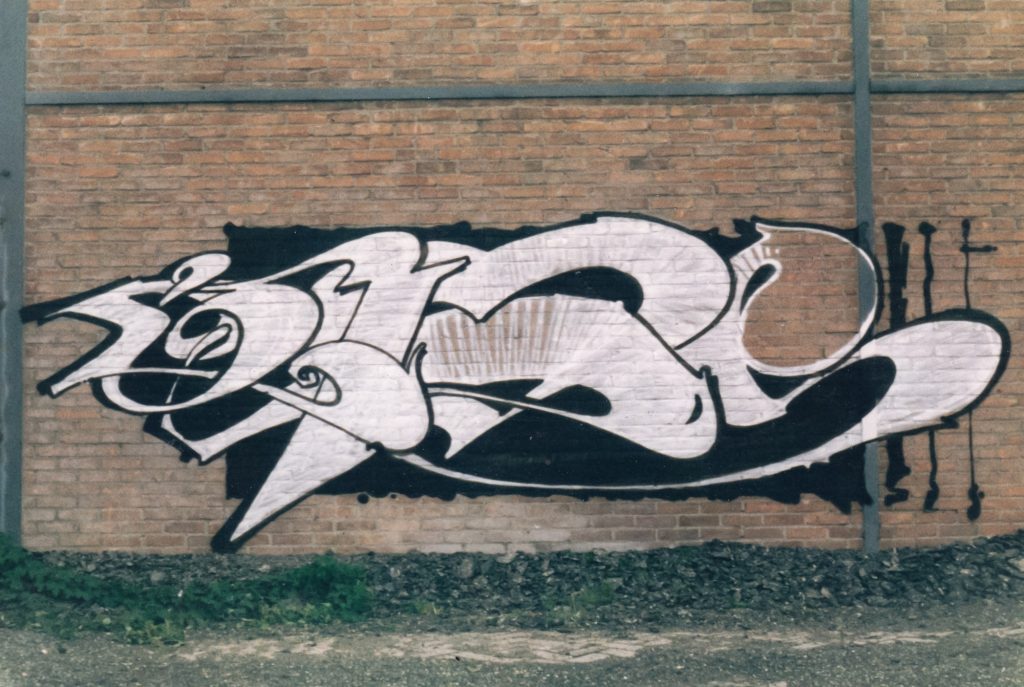
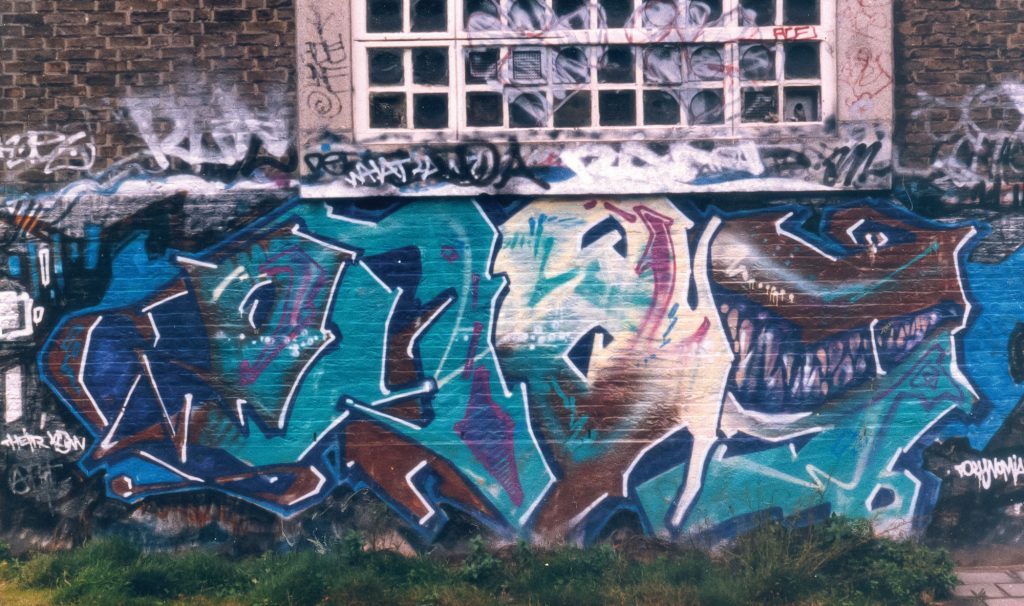
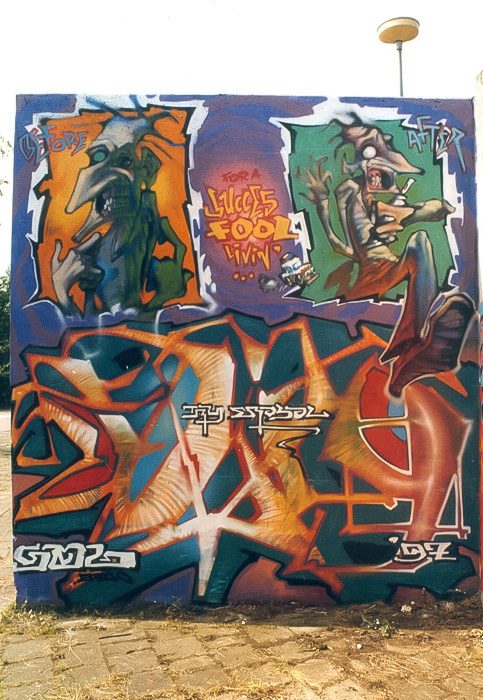
Separating two worlds: the art school and the streets
Simultaneously EROSIE studied illustration at the Willem de Kooning School of Art in Rotterdam from 1995 to 1999. In 1997, he did an exchange program at the School of Visual Arts in New York. At that time, street art appeared also in New York and he discovered works by Andre the Giant, REVS/COST, ESPO and WK Interact and was fascinated. Since going to art school, Jeroen and his friends had access to computers, to photoshop, and laser printers to produce what he developed in 1997/1998: paste ups and stickers. He wanted to create a link between illustration and letters/words at that time and publish it on the streets. He even experimented with seven cm big stamps with ink pads and left self-designed stamps motifs on poles and electricity boxes. Then he produced this image in form of a target using round stickers for it and print his design on it to put it on walls next to other stickers. He loved combining stickers with the ones from others, with the ones of his crew members, space3 or other people like in Rotterdam Jeroen Jongeleen / Influenza, that he met there.
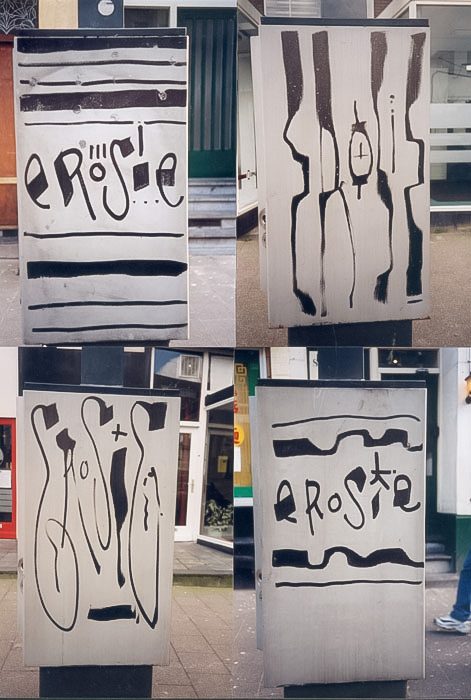
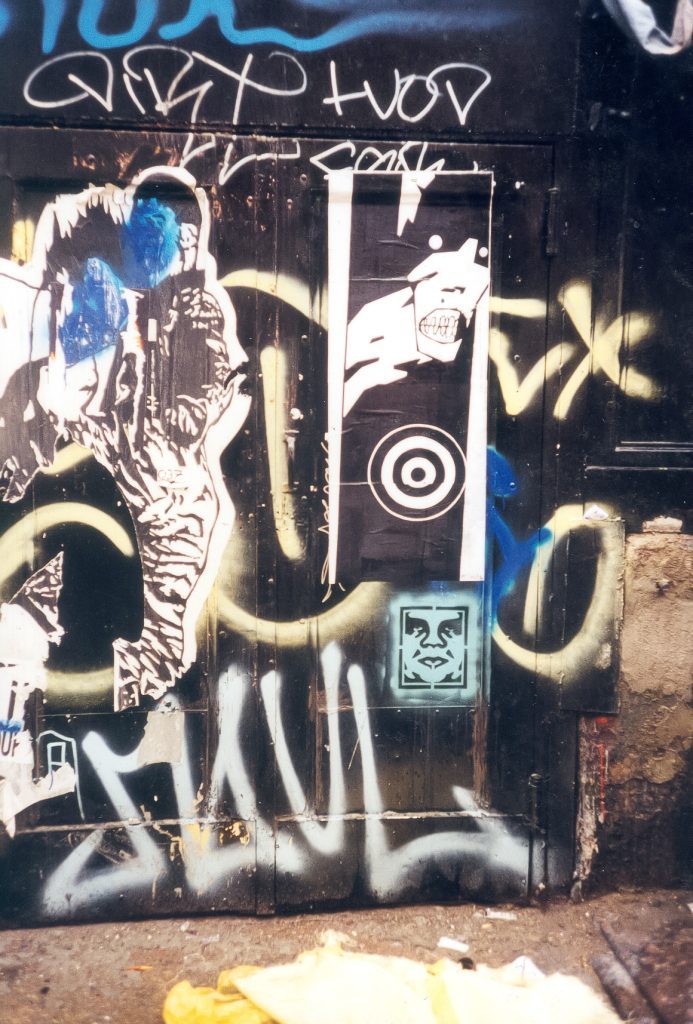
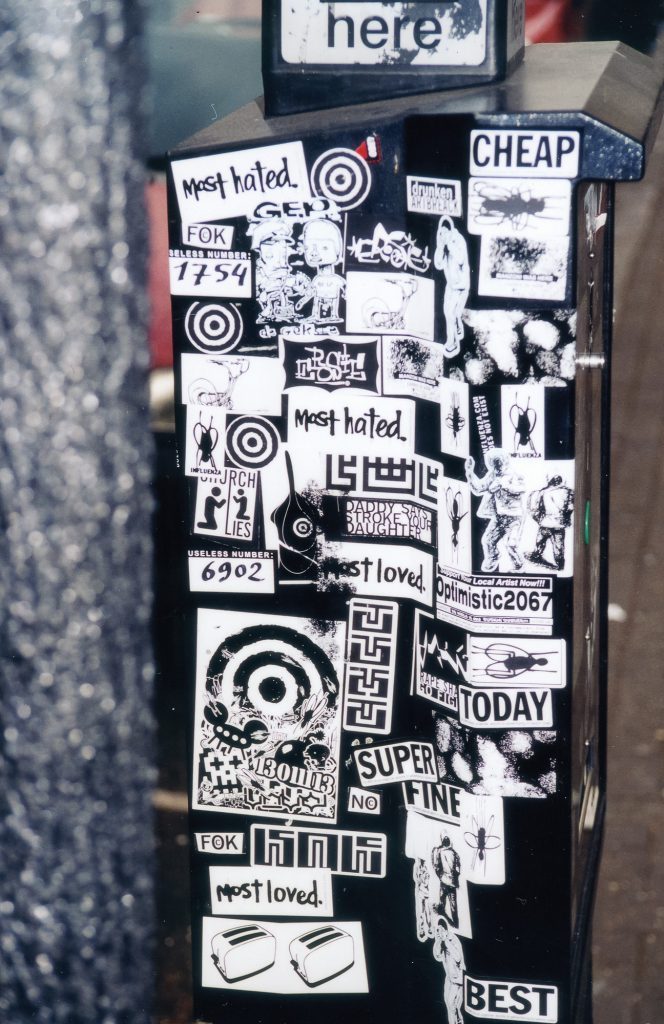
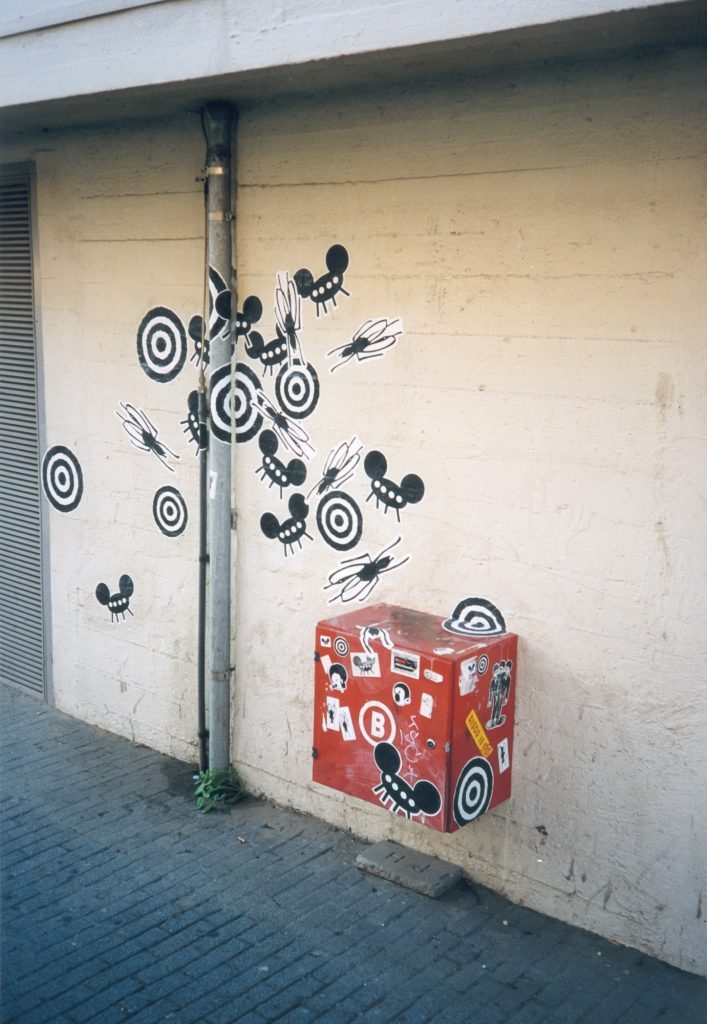
EROSIE was already separating his street-related work from works at art school, allowing him to switch between the two different worlds. In 1999, he graduated as an illustrator and became a professional illustrator for kid’s books, editorial for newspapers, magazines and some commercial work, a job he did in daytime while he was in the streets with his street artworks at night. Because of this friction, EROSIE was exhausted after a few years to do commissioned illustrations and temporarily quit his job around 2003. With the job-related stress at the time, he lost at times fun in drawing and wanted to take back that joy necessarily doing other mixed media work. He developed other forms of graffiti with the spray can like the bicycles, seeking a free way of using imagery/drawing. His known “bike tags” were a need to combine the illustrator and graffiti writer in him, doing a pure line drawing and a pure tag all in one. The motif of the bike was a reaction to more controlled urban planning in the city of Eindhoven at that time and the vanishing of bike parking spots. For EROSIE it was a personal project connected with his love for cycling.
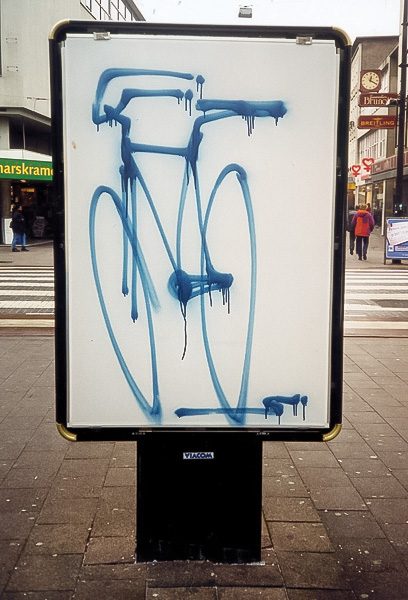
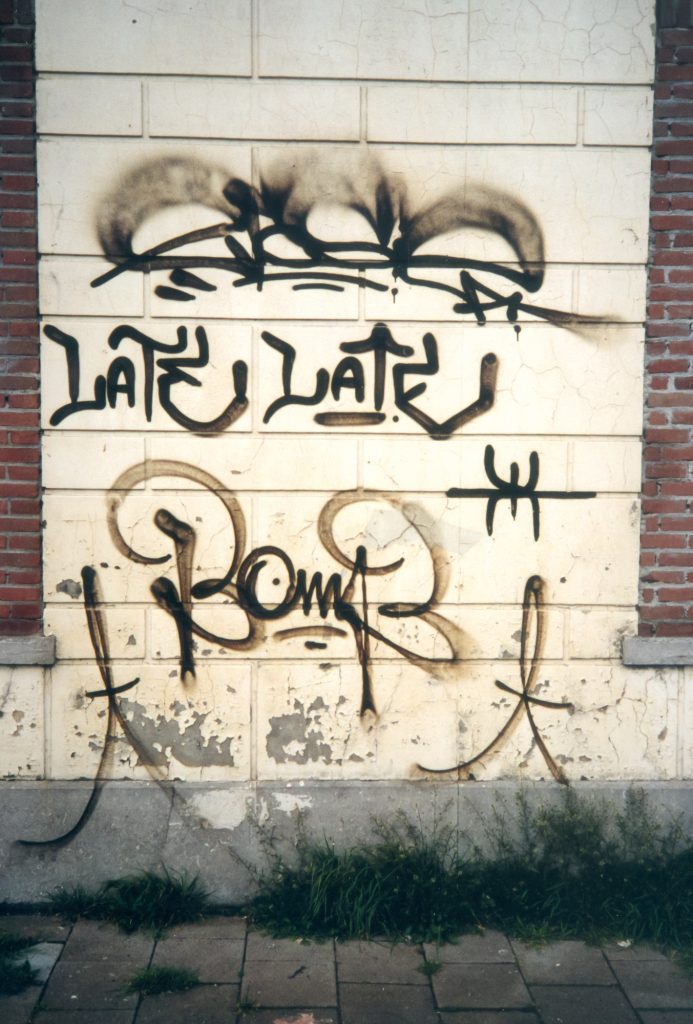
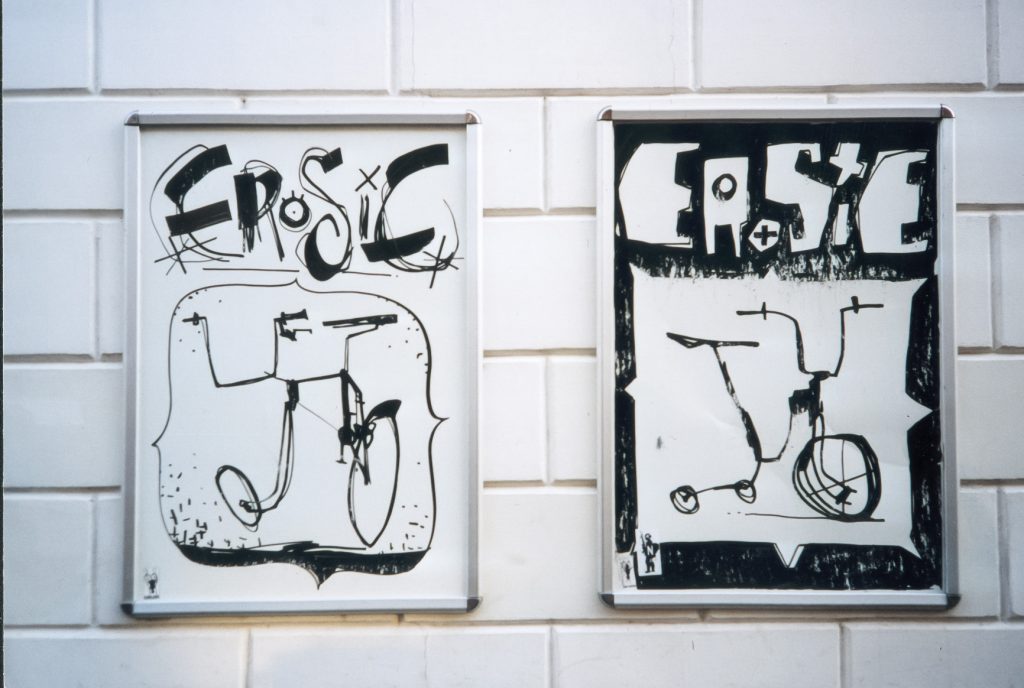
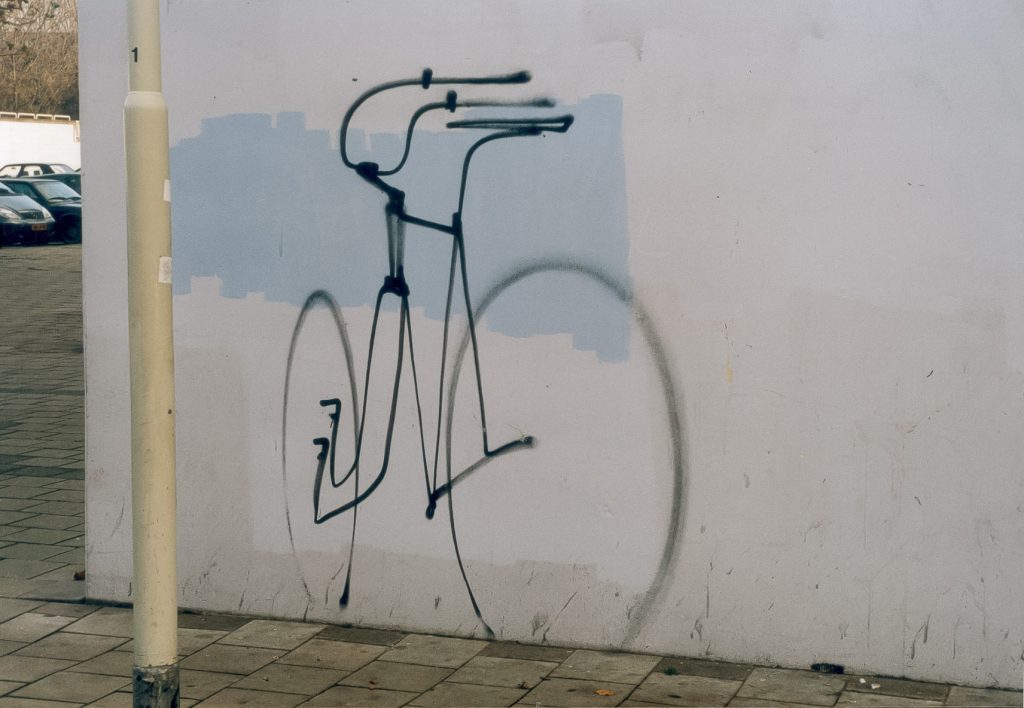
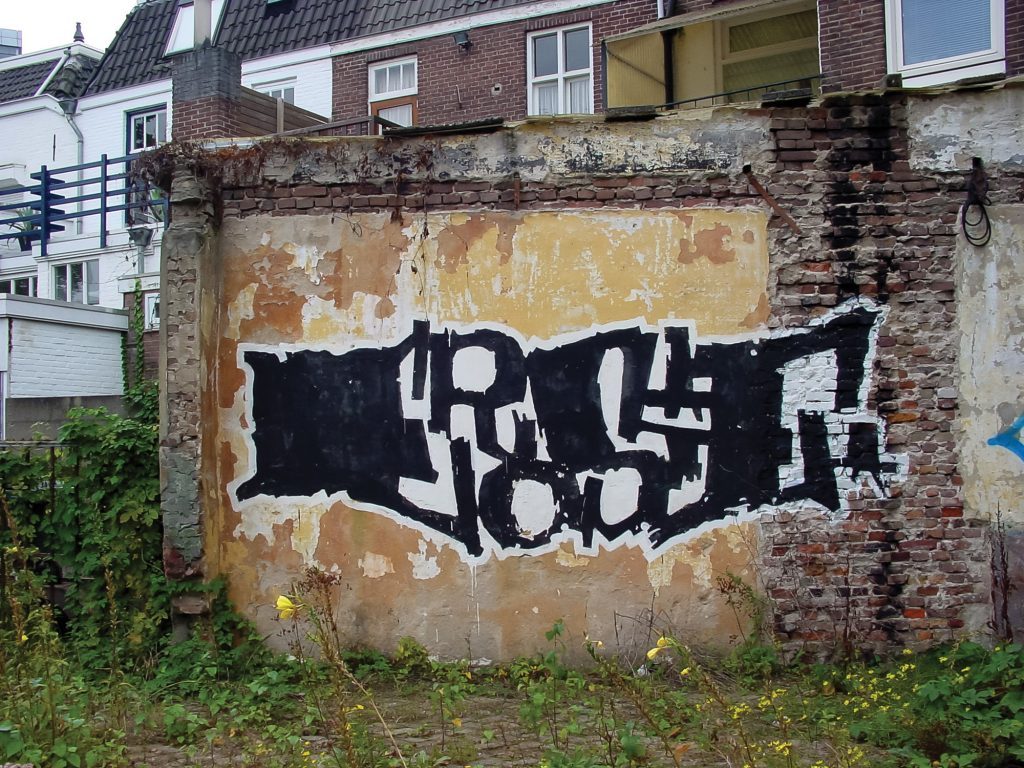
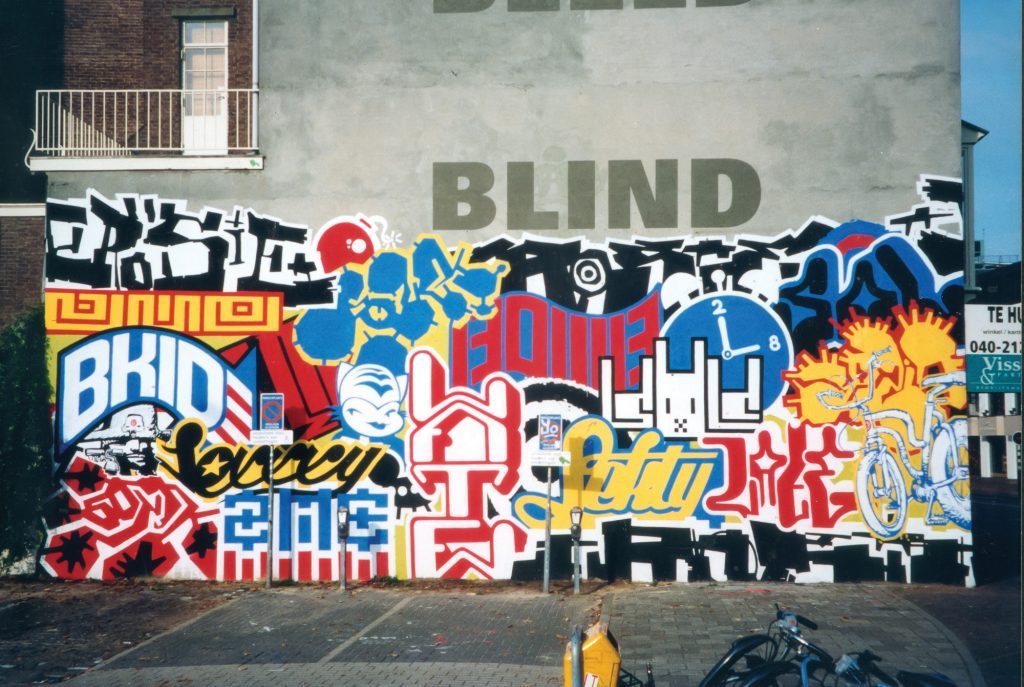
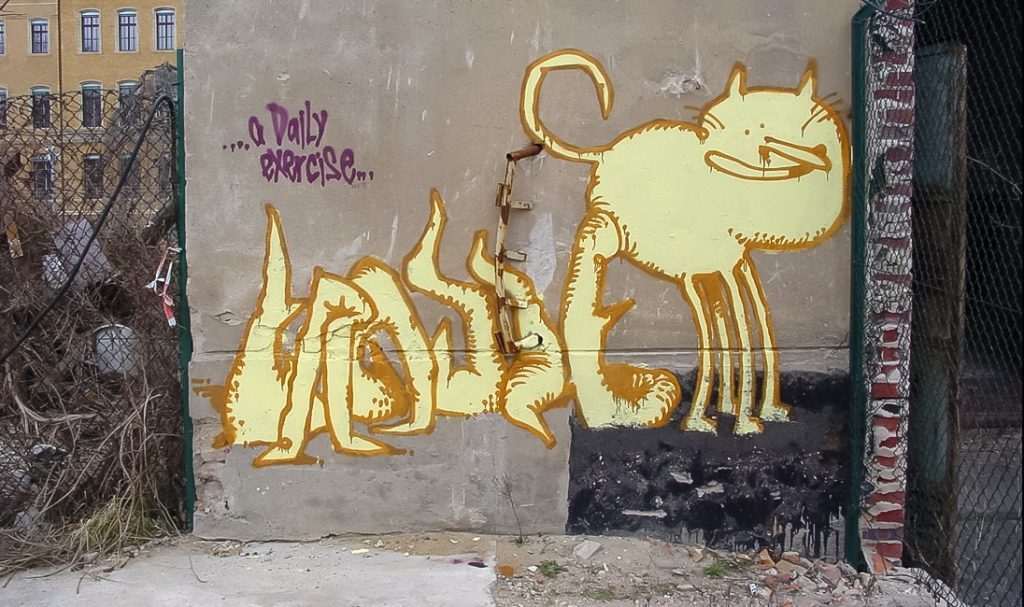
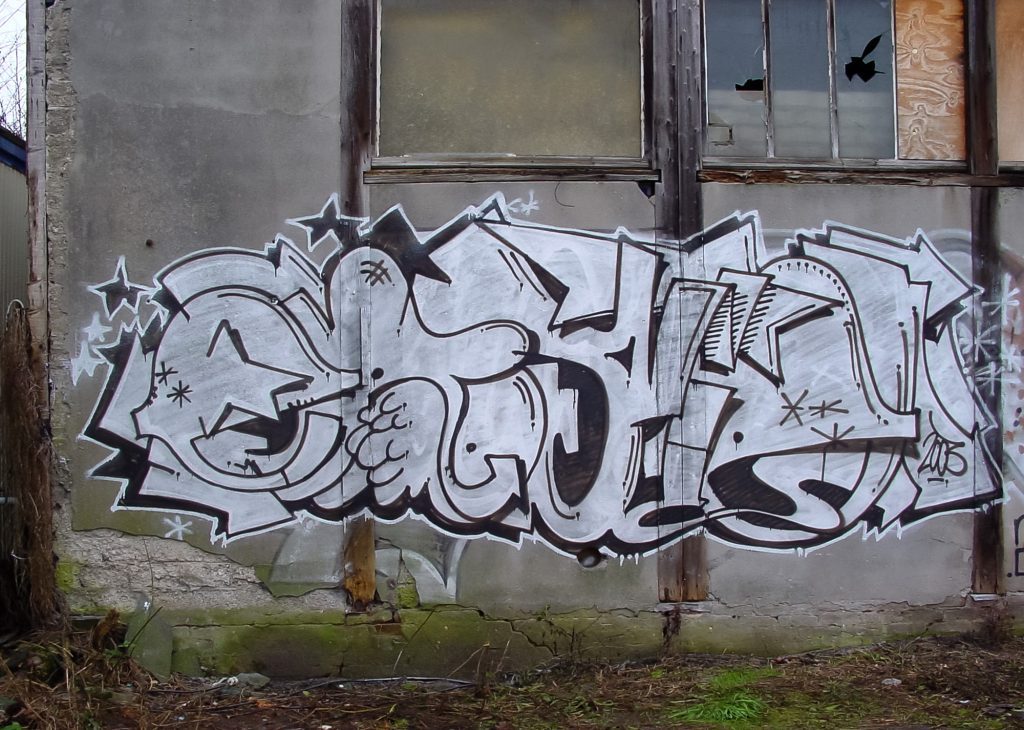
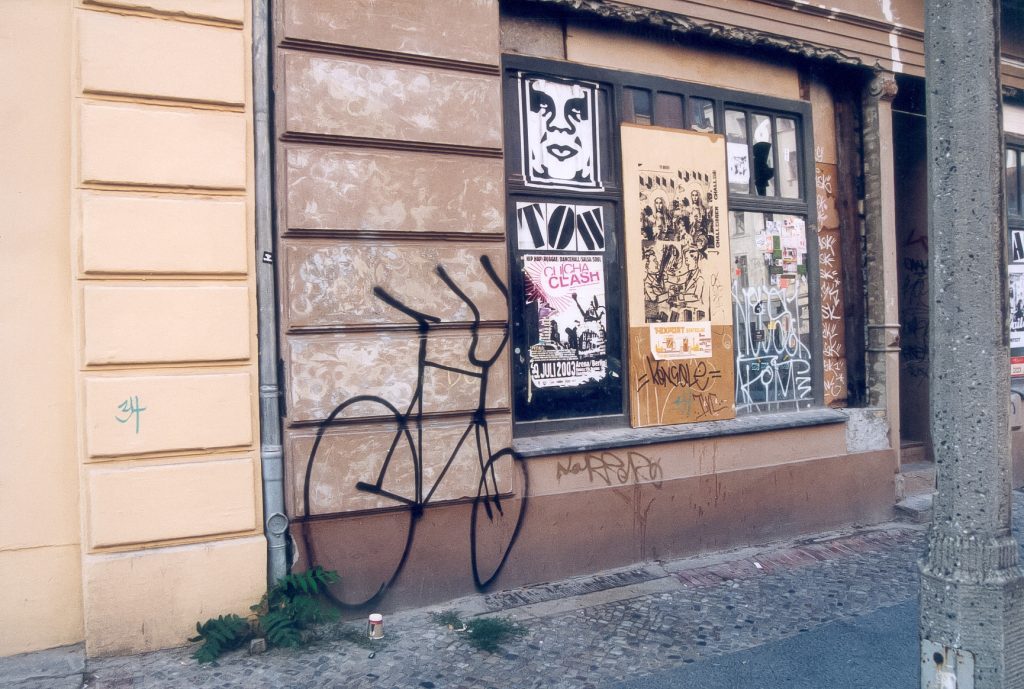
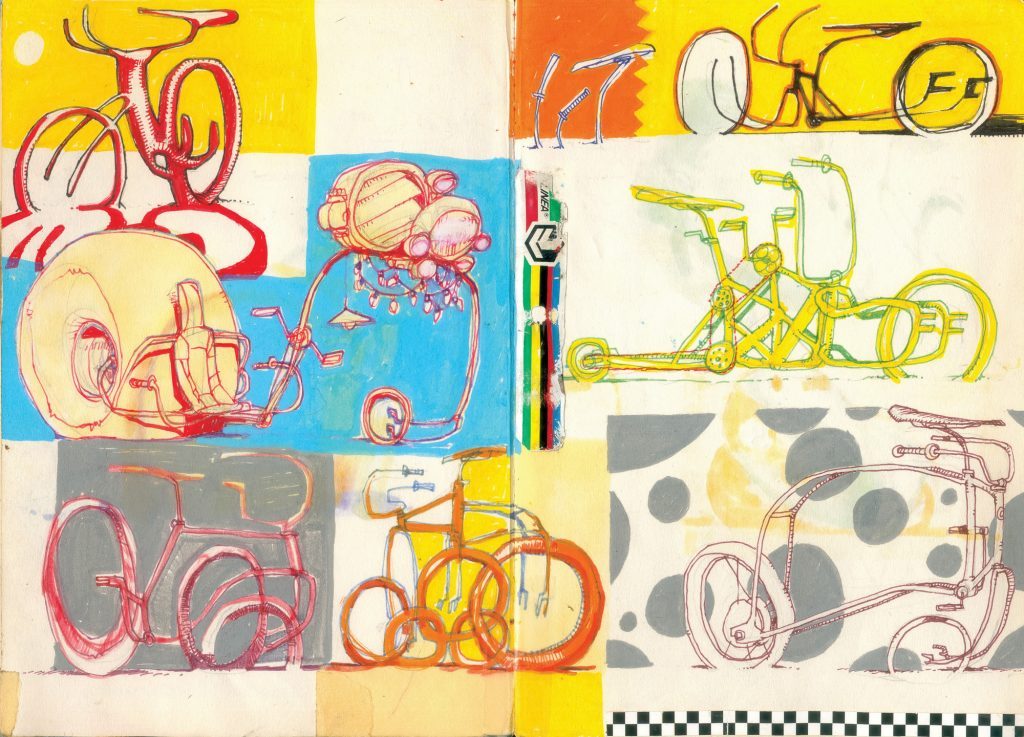
Art concepts linked to current changes
Around 2004 there was way more Internet presence and quasi the birth of the “street art label” through websites like „Wooster collective“, „Ekosystem“ etc. EROSIE started to do some more conceptual, non-figurative, decorative text-based projects, paste ups for the street, with strong slogans, almost as an opposite reactive counterbalance to the then enormous “eye candy influence” of street art as a commercial language, as he defines it, leading to the result that he used this “counter energy” to turn this inward and thinking about new ways of expression for himself. In 2005/2006, he did a daily tag upload on Fotolog, where pictures of graffiti pieces were uploaded every day from around the world. Only EROSIE uploaded tags he created on a digital tablet, a tool from illustration, and a contradiction using a virtual medium as a tool for “getting up” in the omnipresent graffiti scene back then. He was thematising there toy styles with an illustration tool and a conceptual approach, both worried and curious about the freedom that was taken by the picture dominated scene, where the internet as a medium started to dictate the final piece.
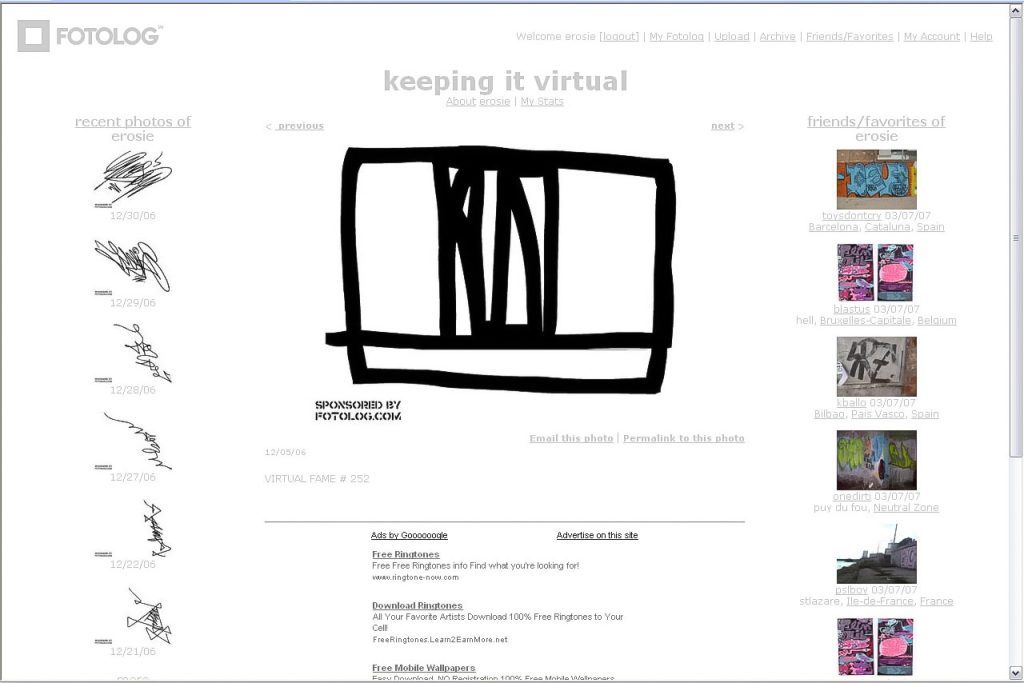
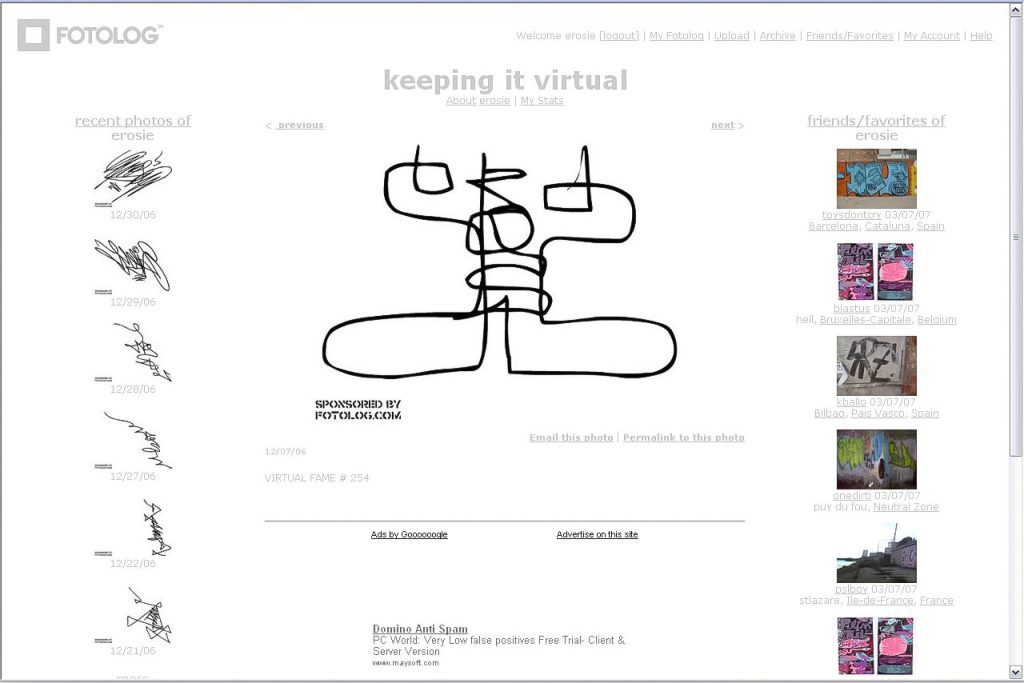
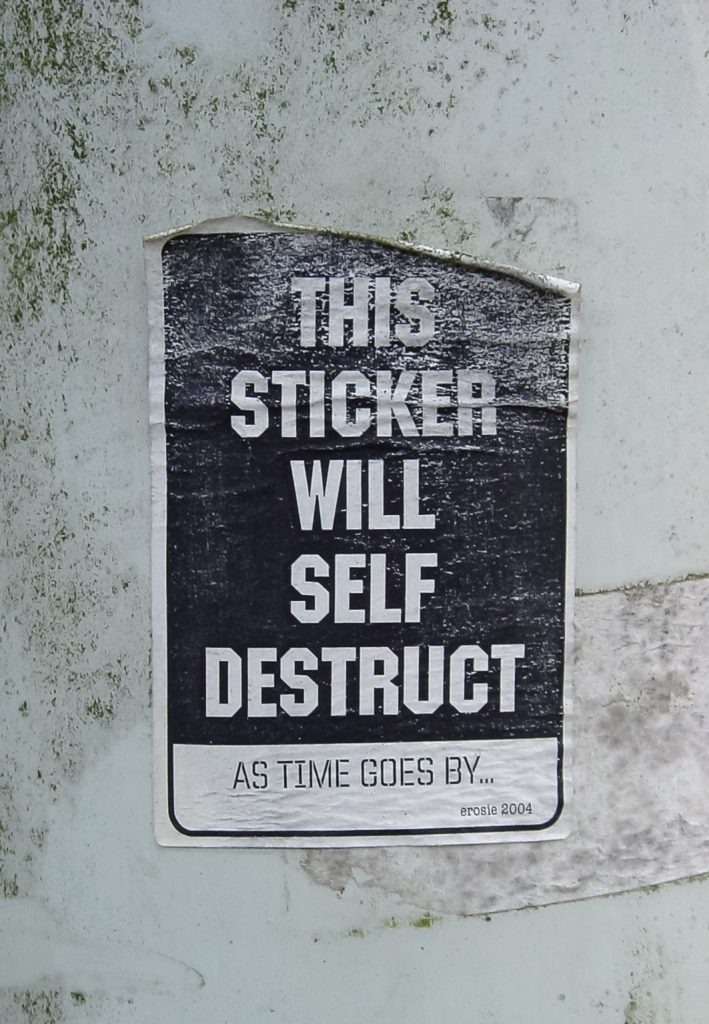
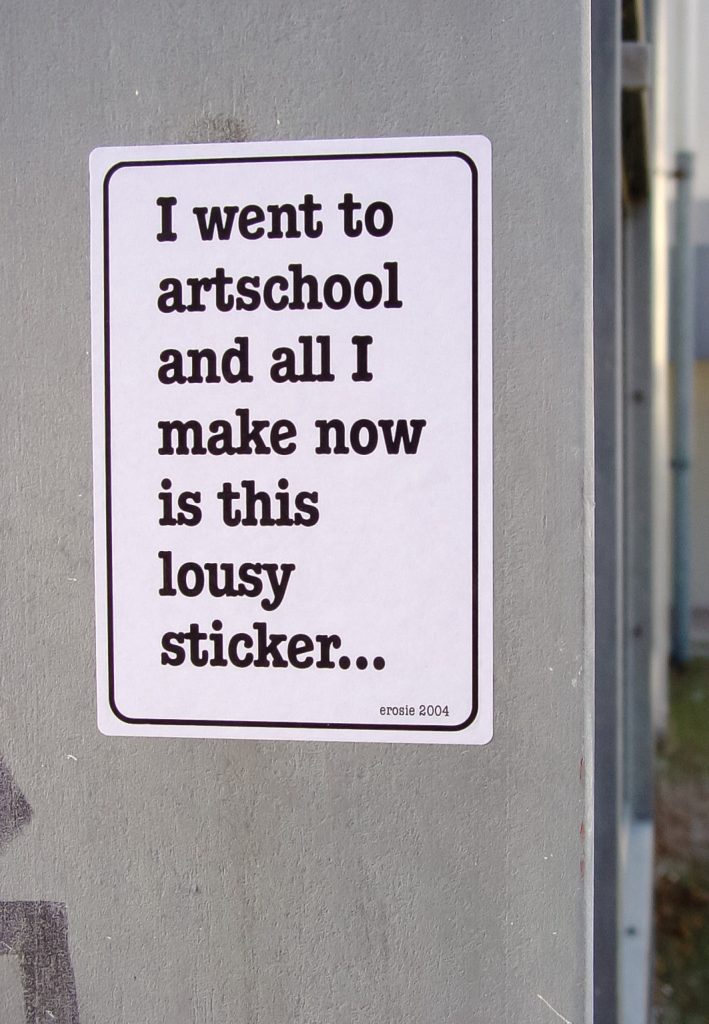
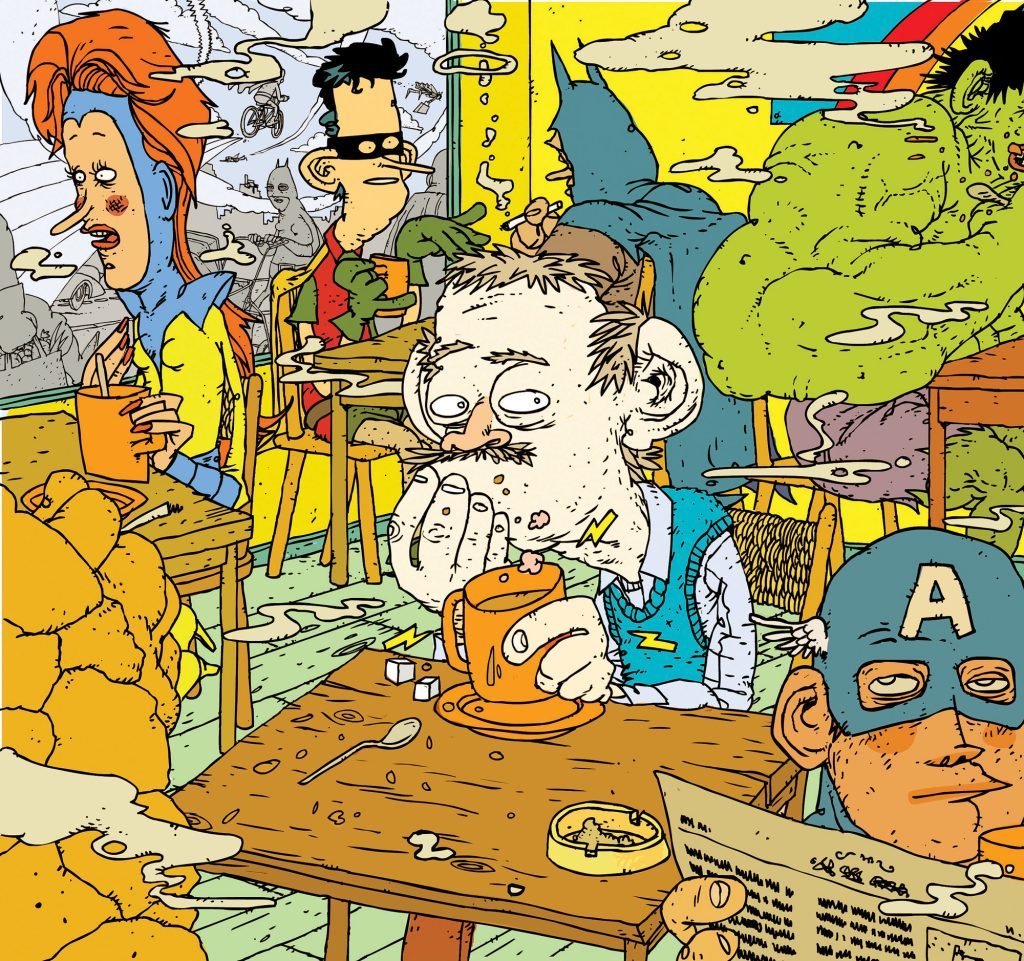
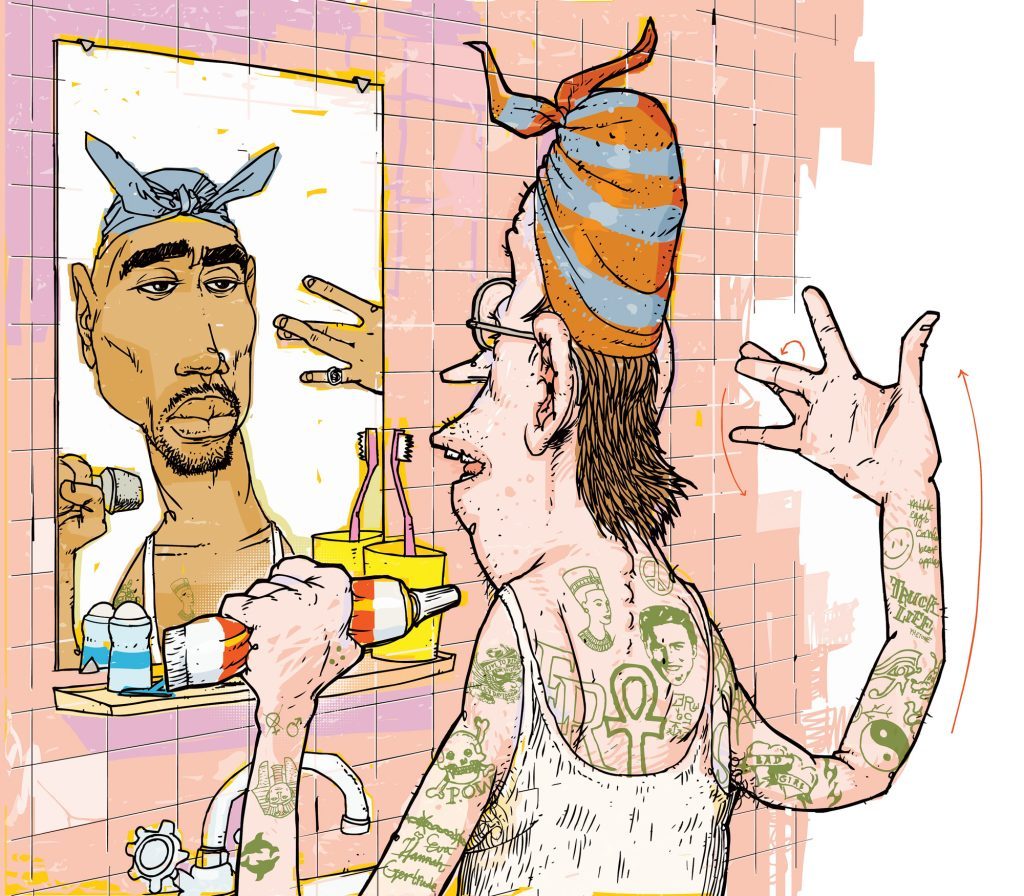
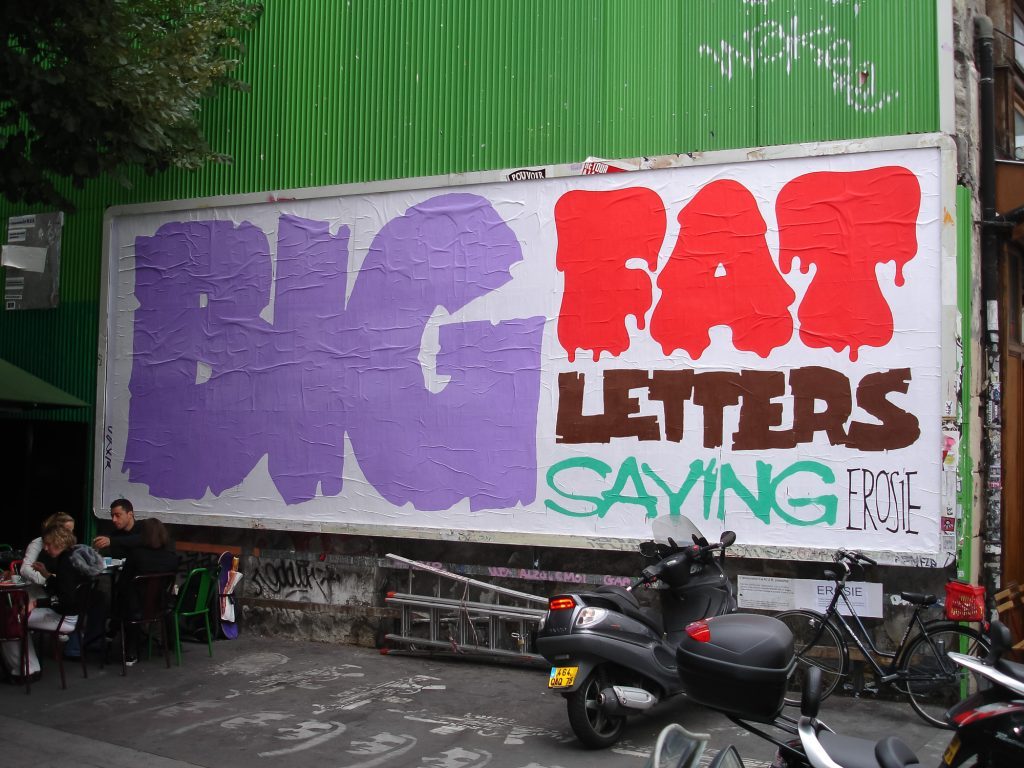
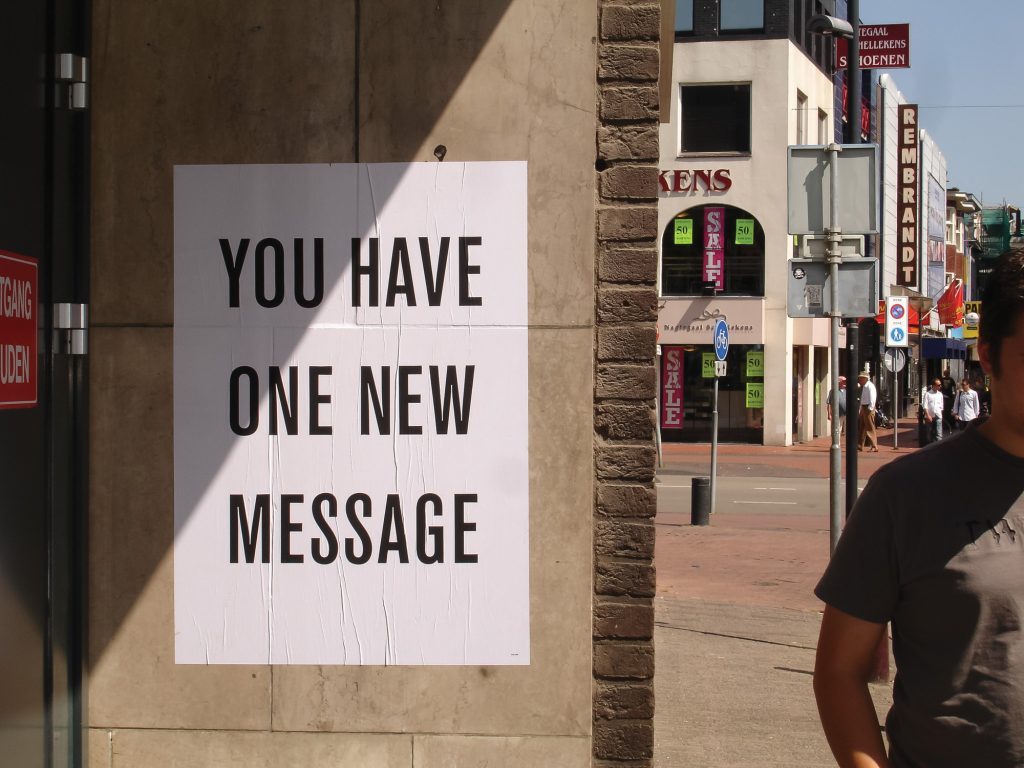
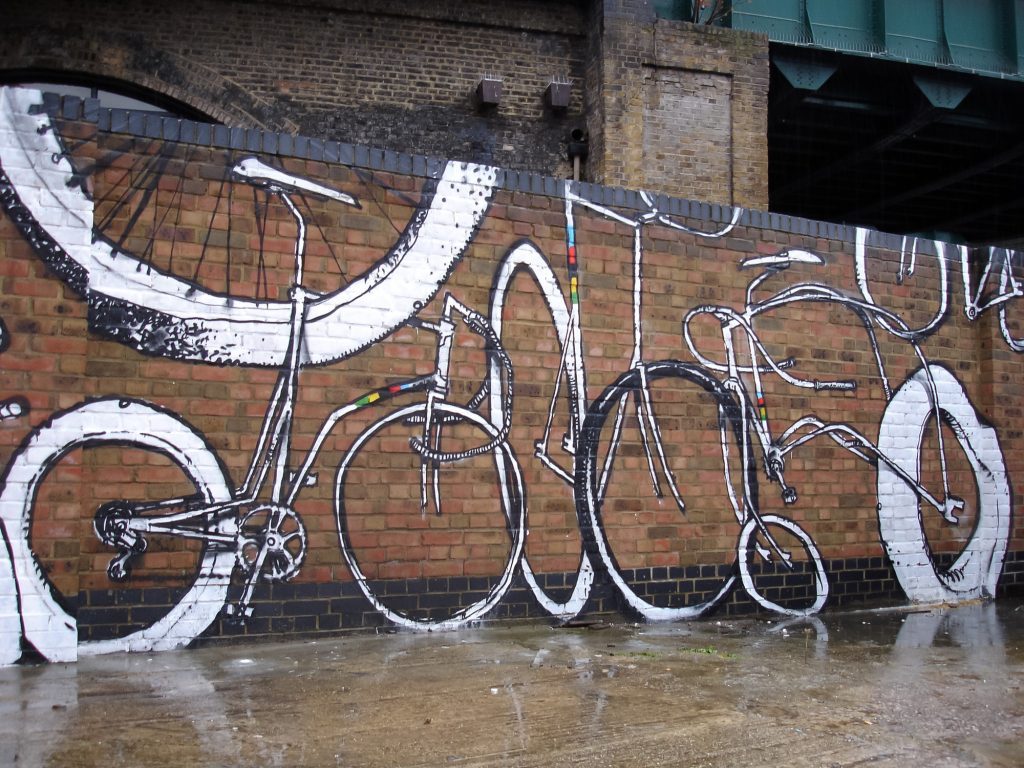
In 2008, EROSIE developed his special tag, the “perfect circle “, drawn with a spray can. For him it felt just right: it was both an aesthetic and conceptual gesture that executed with a spray can covered different fields and reminded him of the power of the line. The freehand practice and short gestural movement, the drawing as the base of creation stands for him as a straight connection between conscience and sub-conscience and truly allows to feel free according to him.
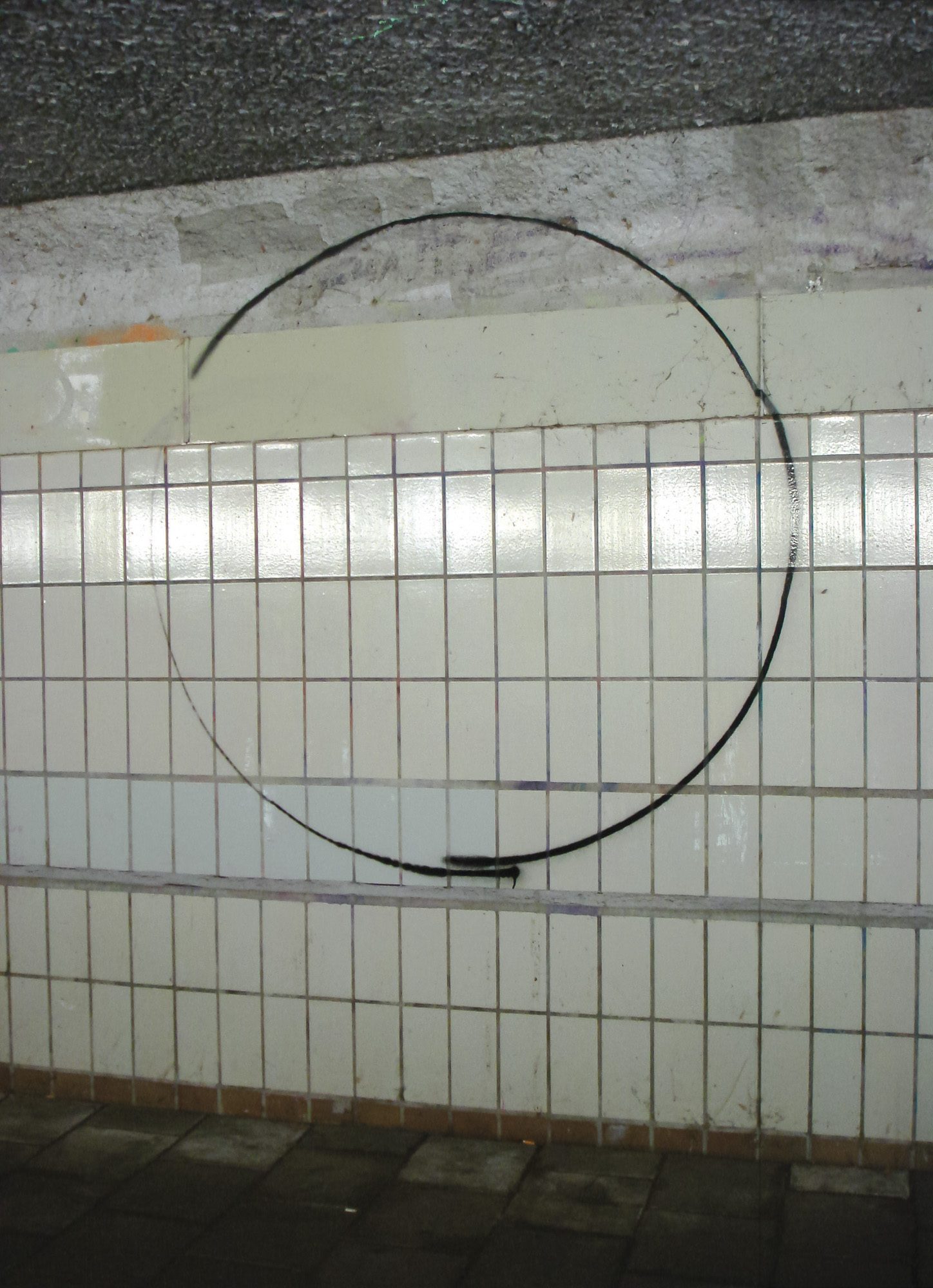
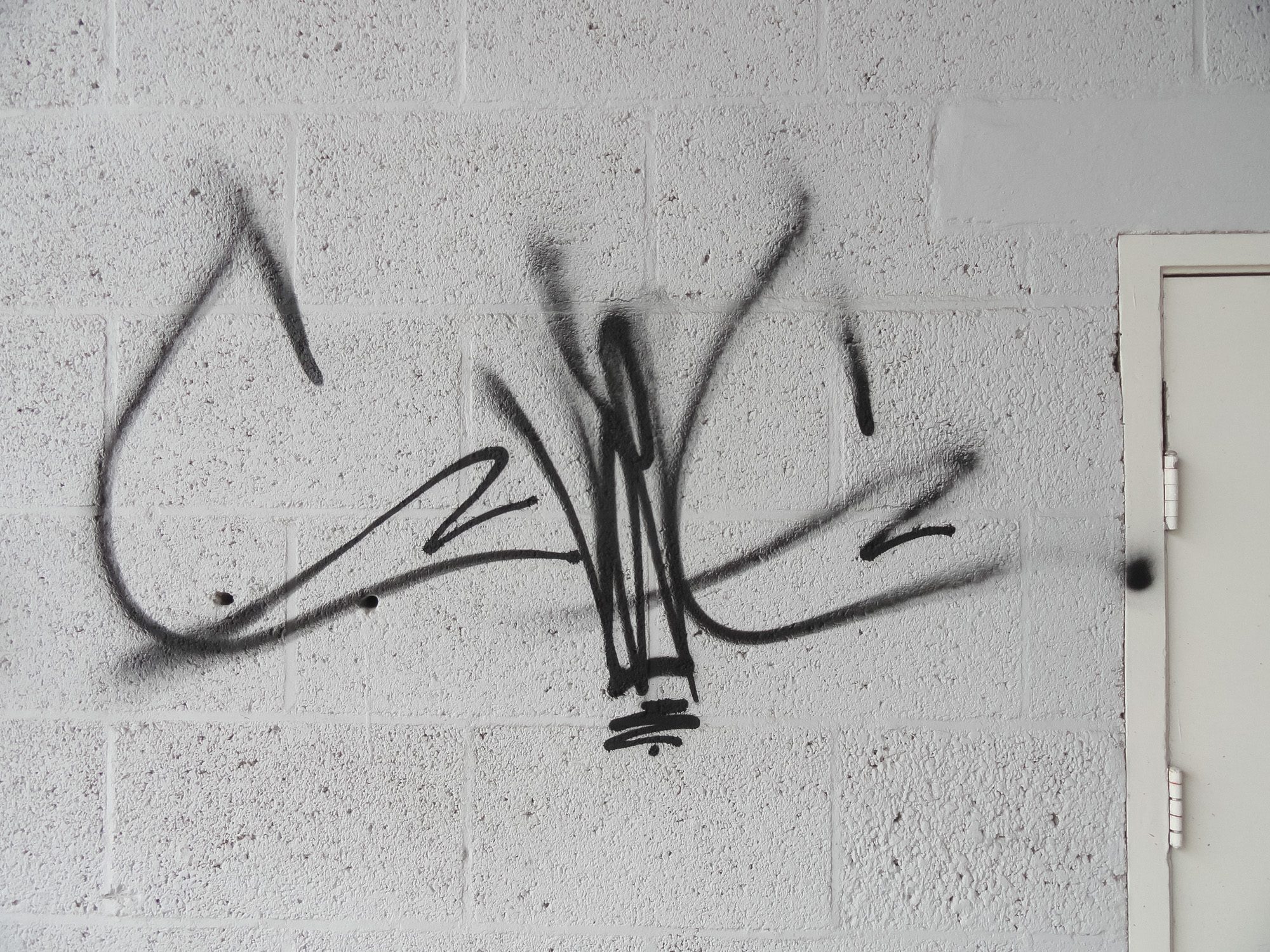
With the street art movement, its presence on the internet and its commercialisation, EROSIE was overthinking visual language that was happening and developed his „Random Image Generator“ murals from 2009. The patterns in his images he used were found with generic imagery from the “street art cliches”, a rational excuse to both criticize and adopt this field, a kind of reactionary approach that gradually led to his more abstract, introvert work later. Just after, he started his „Horror Vacui” murals, painted in black on white from left to right, drawing on the wall like writing. Horror vacui in art refers to the desire to fill all empty spaces, especially in painting and relief, with representations or ornaments. Patterns emerged from a stream of consciousness-drawings of all things that came intuitively to his mind, he says. It was like a drawing improvisation with a paint brush, going through registers in his mind, pushing it through the system, filling the whole space as if he had fear of emptiness, like an endless drawing. „Graffiti can also be seen as a public, spatial horror vacui, the organic visual filling-up of space. The „horror vacui“ walls were like a combination of these two worlds: using the line of a drawer and the all-out gesture of a graffiti writer. But also, they reflected on the general excess in commercial visual language, touching upon the theme of “What is the point?” “What is the meaning?”, expressed EROSIE in 2017 (interview with Juxtapose Magazine*).
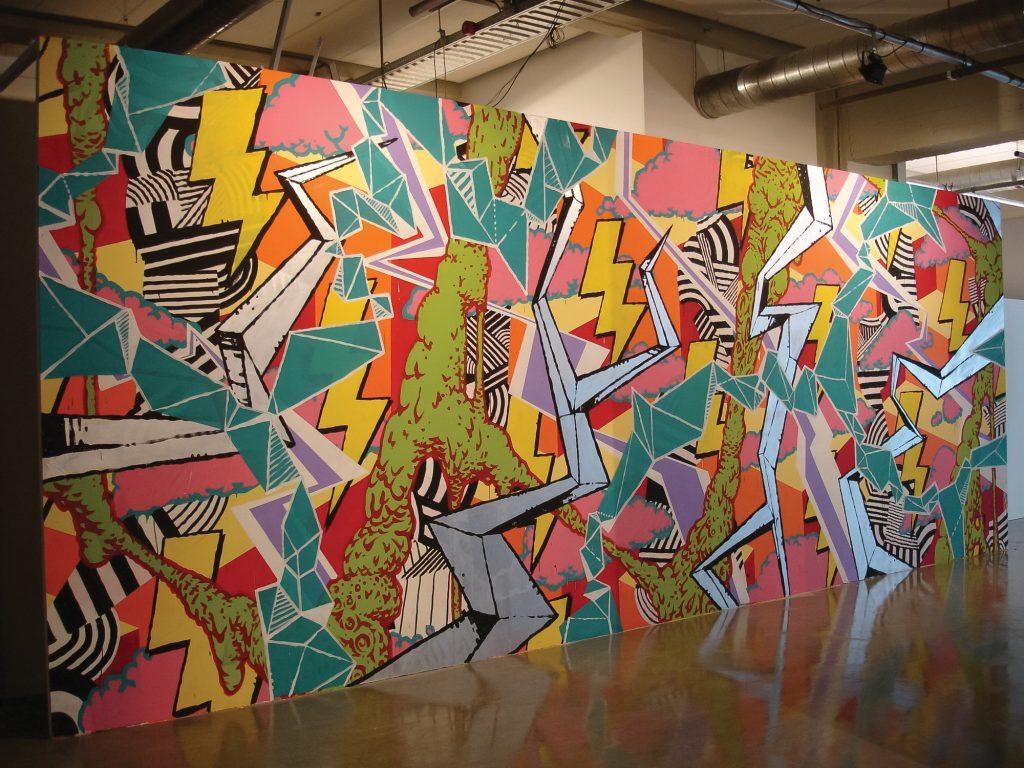
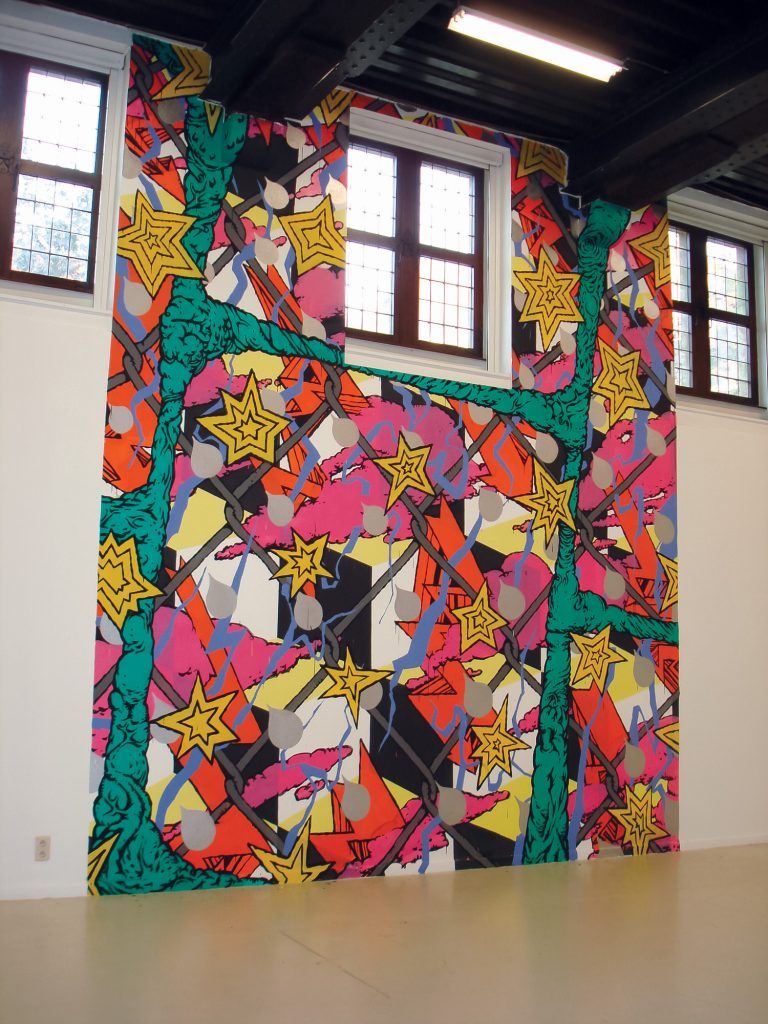
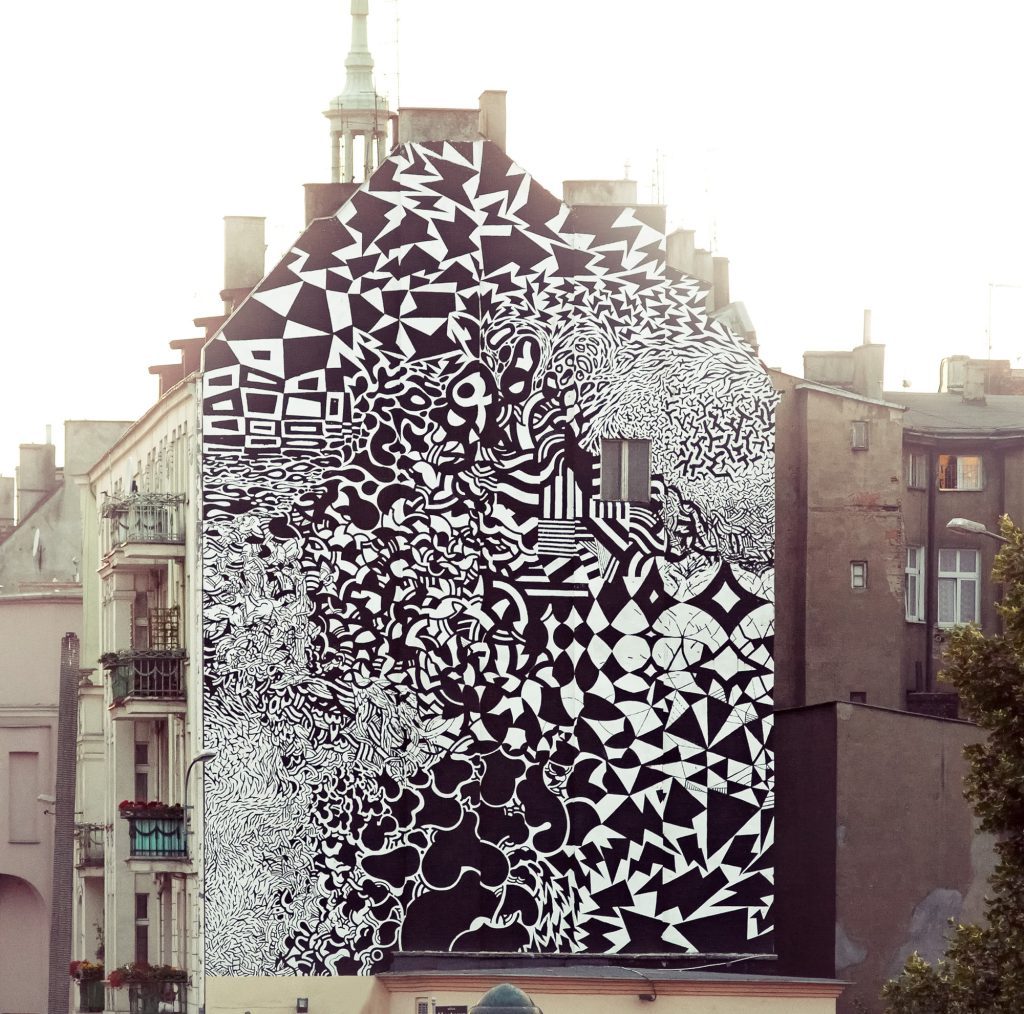
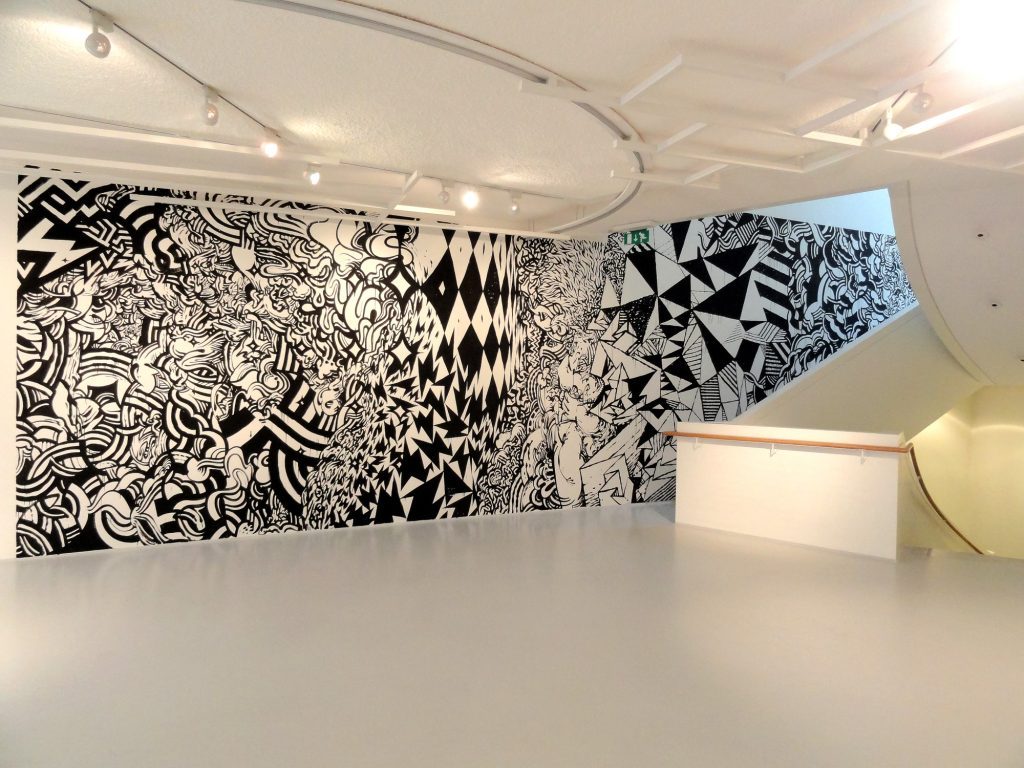
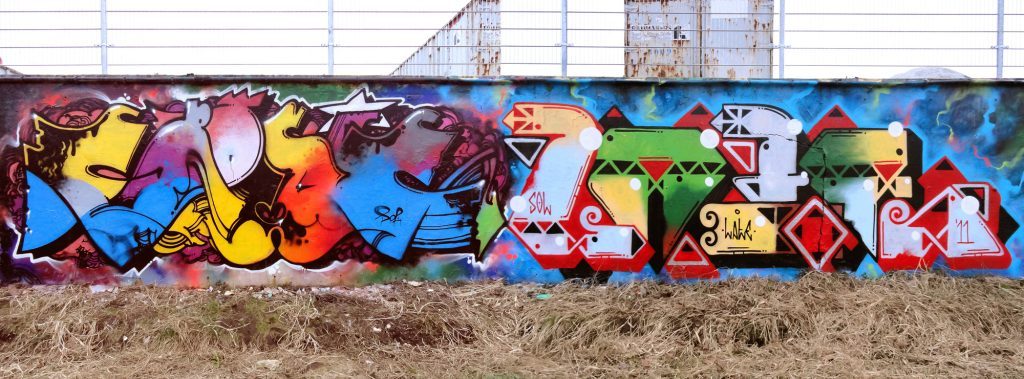
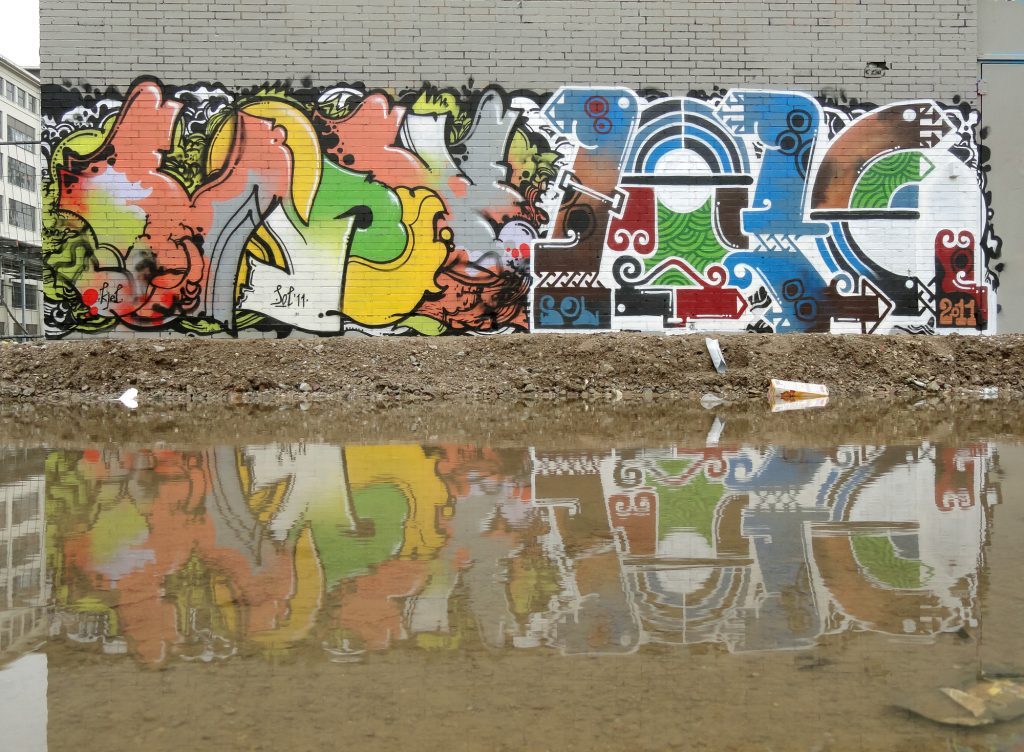
Figurative drawings of abstract shapes
Those concepts lead to further investigations for the artist. He developed new shapes in his sketchbooks with simple drawings around 2014/2015, when he also drew imaginary sculptures. His online drawings found new abstract forms, reminding lettering from his style writing practice or architectural shapes of the post-war architecture of the 50s/60s of his environment, brutalist buildings that already inspired EROSIE in the Netherlands since his childhood, with their strong anti-figurative, geometric abstract visual language. His new abstract shapes were born from figurative drawing according to the artist. These sketchbook drawings were executed with a pen only, with pure intuition, but rationally structured with a grid on the sketchbook page. The final image shows an accumulation of different steps. Every drawing is not only one in itself but an animation frame in the iteration of the whole, drawn from left to right, like bricks in a wall forming a structure. „Every drawing bears it’s past and present simultaneously; letterforms, architectural elements, expressive abstract forms, free forms that always resemble but never fully belong”, he says. This phase is the beginning of a new visual language and a new approach in the following years: an introspective accumulation of building blocks that he can shape into prints, drawings, 250 m2 murals, paintings, collages, everything, according to EROSIE: “It’s like I am the architect of my own building system, shaping the final products in many different outputs “. About these works he said: “There are multiple elements from graffiti where the recent murals originated, but there are two ways in which they, at least to me, are still pretty close to doing a piece, tag or throw up like I used to do. First, the fact that most of the work beforehand is done in my sketchbook, with many pages of gradual development, trying things out, finding a certain swing, and discovering while drawing. The symbols I draw still look a bit like graffiti lettering sometimes, but they could be contours, diagrams or architectural elements. They always come very direct, every square is filled with an intuitive drawing, in a chain reaction order, almost like how I would sketch my pieces or do tags in an iterative process. This contrast between the rational grid and the intuitive forms is what intrigues me.”*
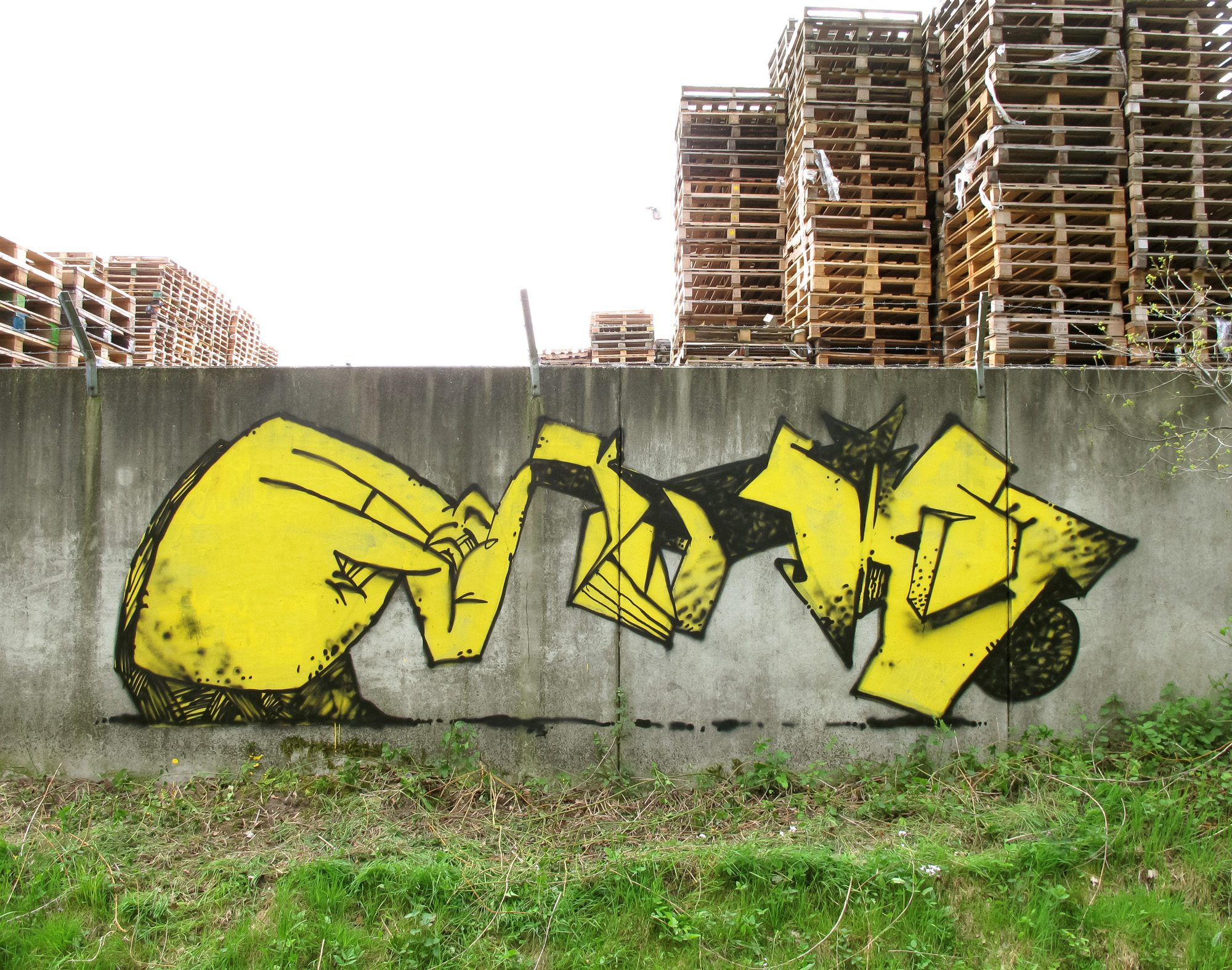
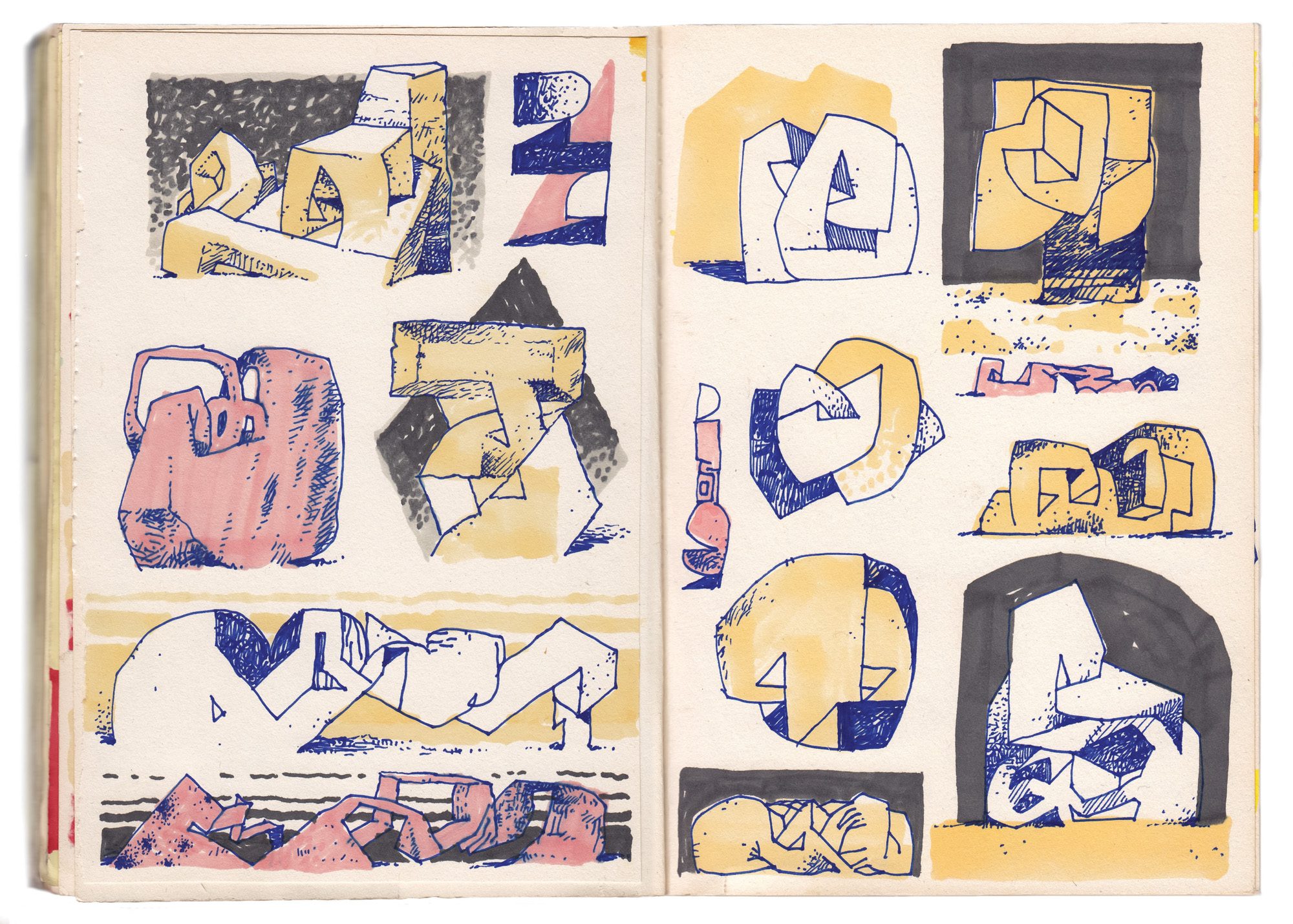
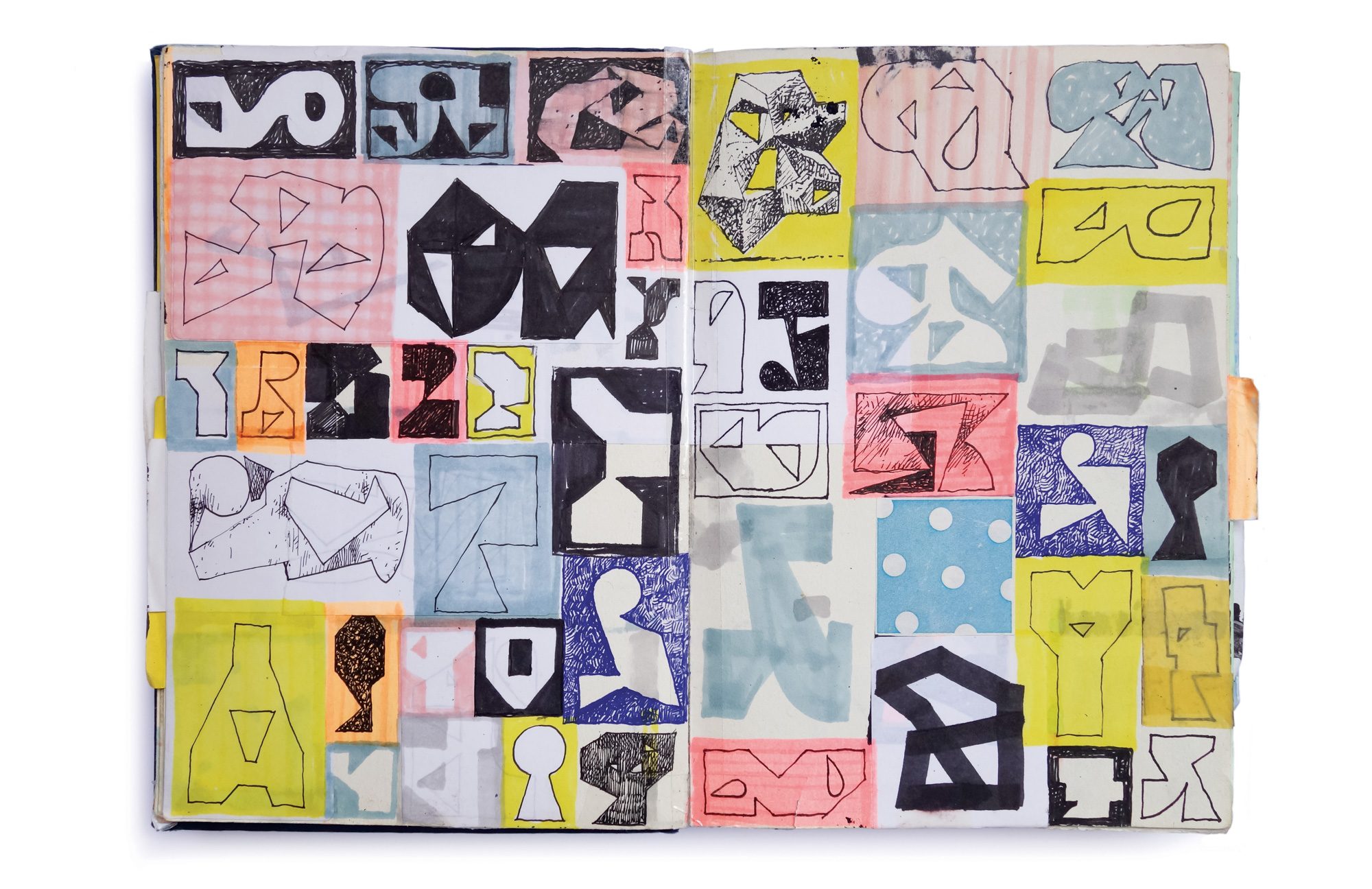
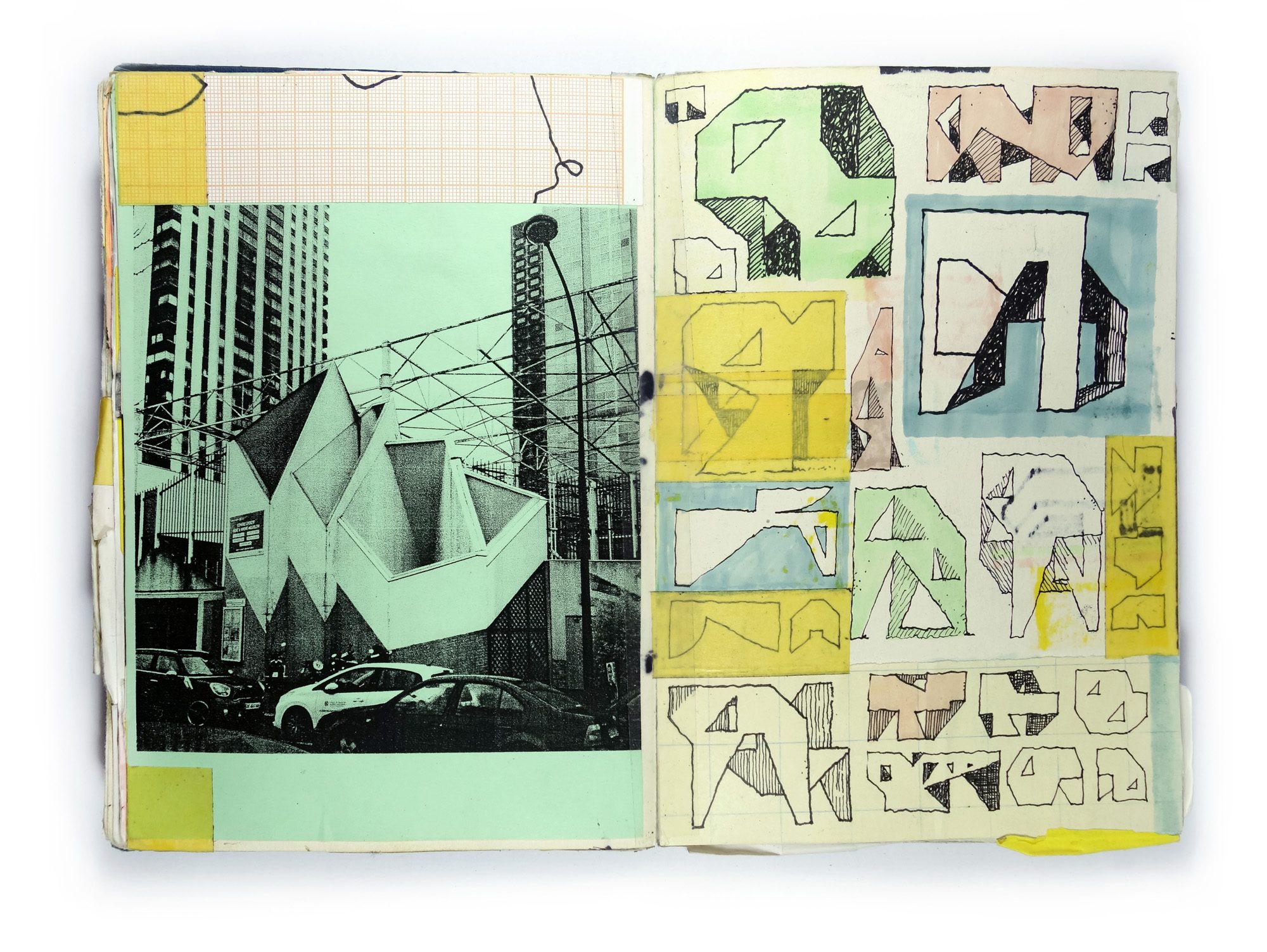
For his murals and wall paintings, EROSIE does a general sketch before painting, but never finishes it, because he needs to improvise anyway in between because of the size. He uses wall paint, brushes and rollers and chooses black and white and three complementary colours, making variation with a limited palette for his shapes on rectangular fields. Working left to right, putting a shape next to another shape with counterbalancing the forms, it is an organic process for him and not only a mental projection. He is doing it with a certain tool set in his system developed through drawing and graffiti writing. The results are astonishing through the beauty of pure shapes that spread in coloured rectangles next to each other and as a whole look like an original handmade pattern, yet always different, but wonderfully fit together. The floating large-scale colourful abstract shapes on the walls are intriguing, playful and cheerful.
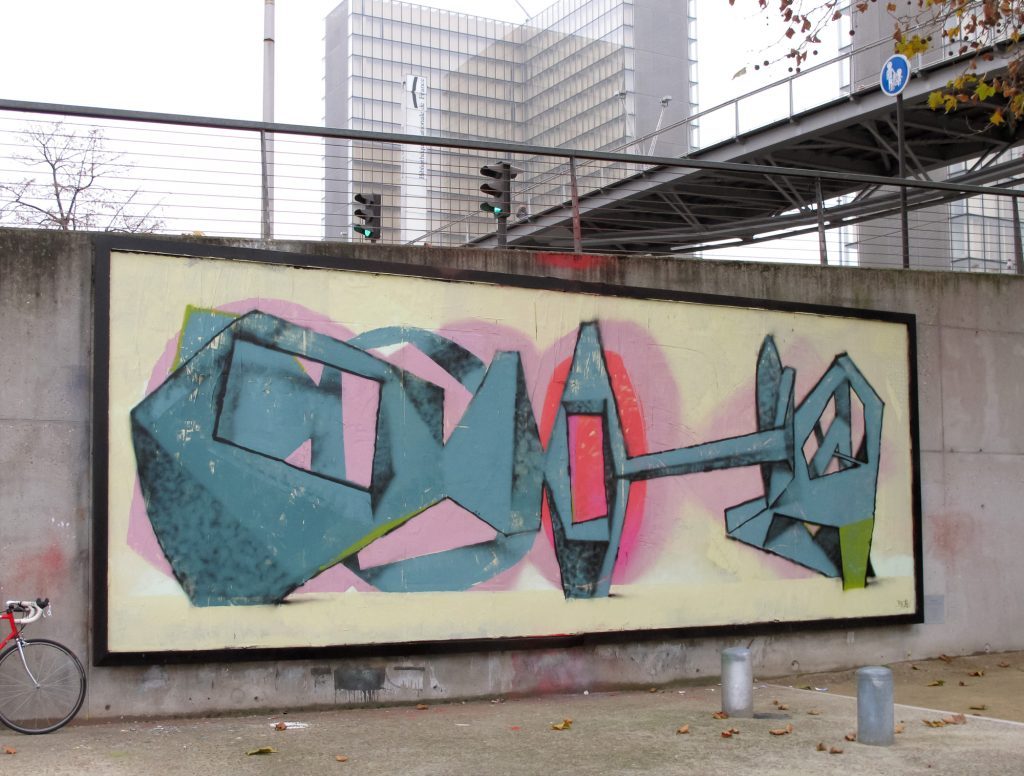
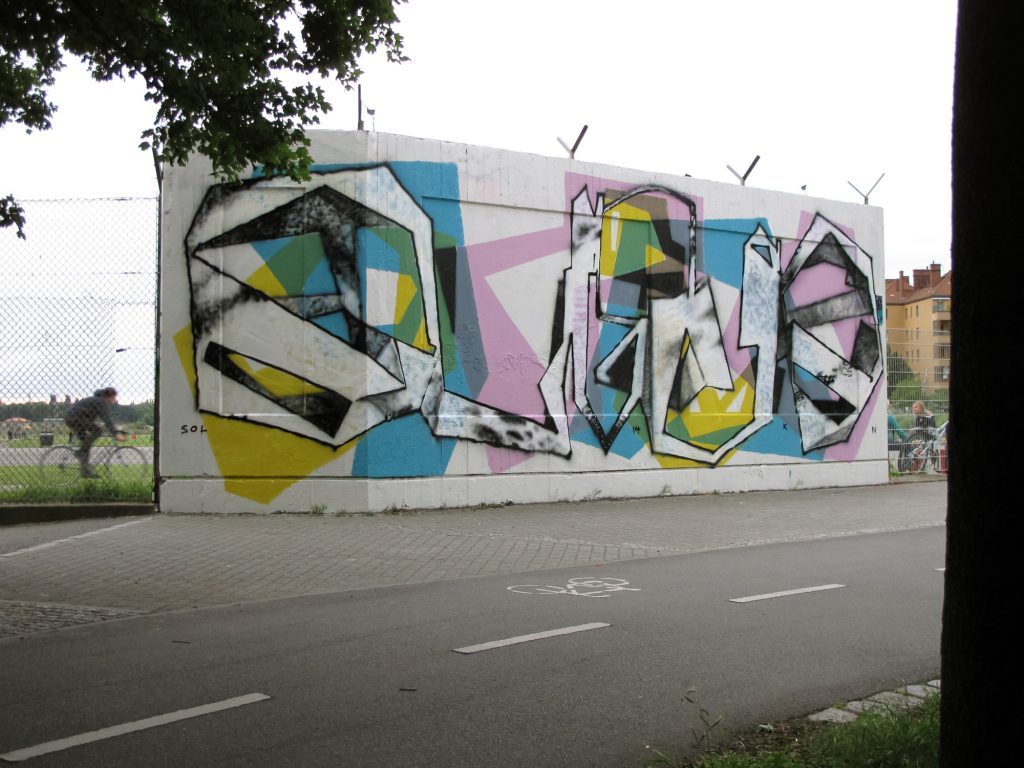
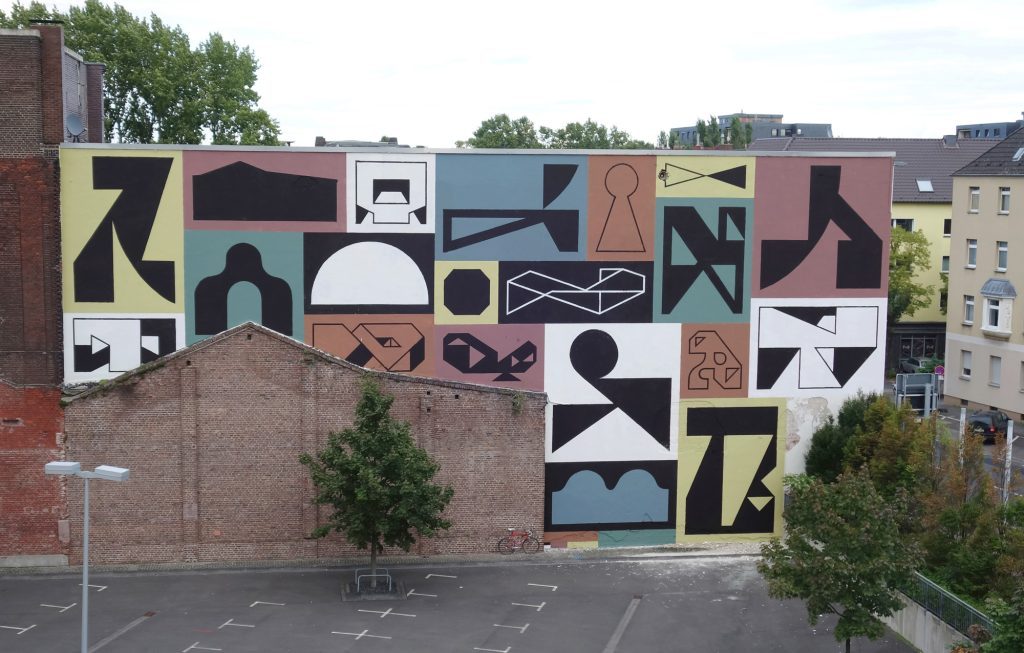
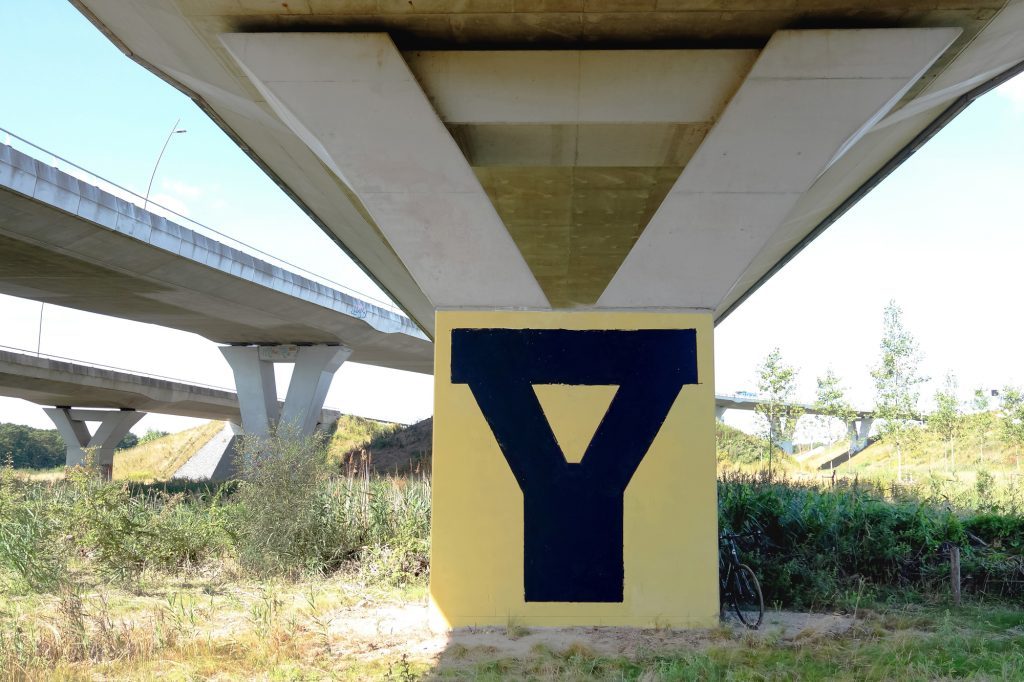
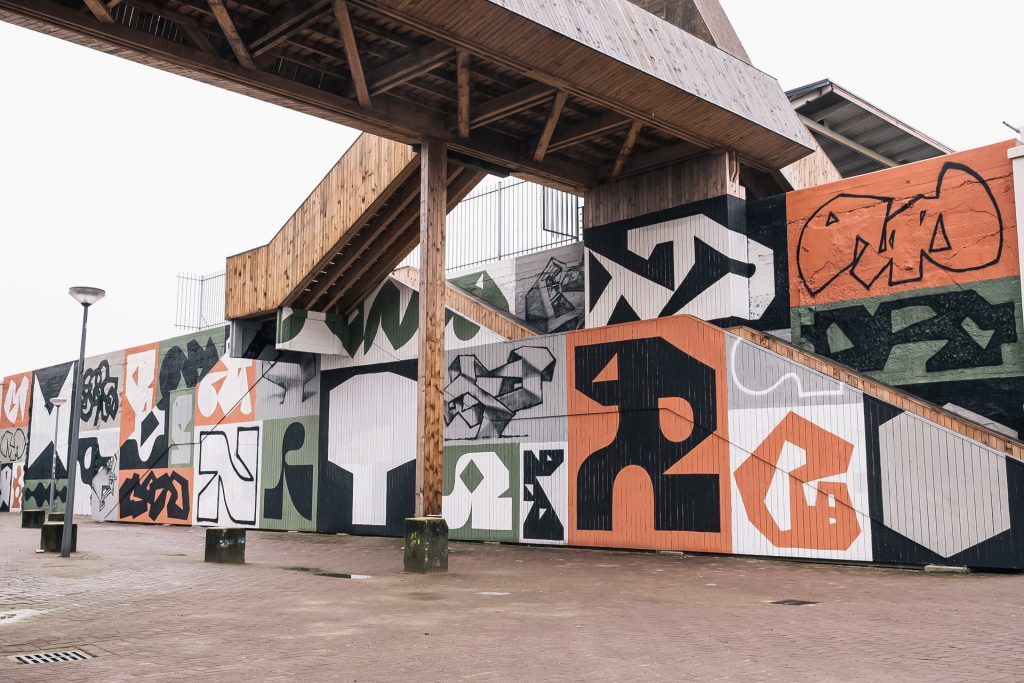
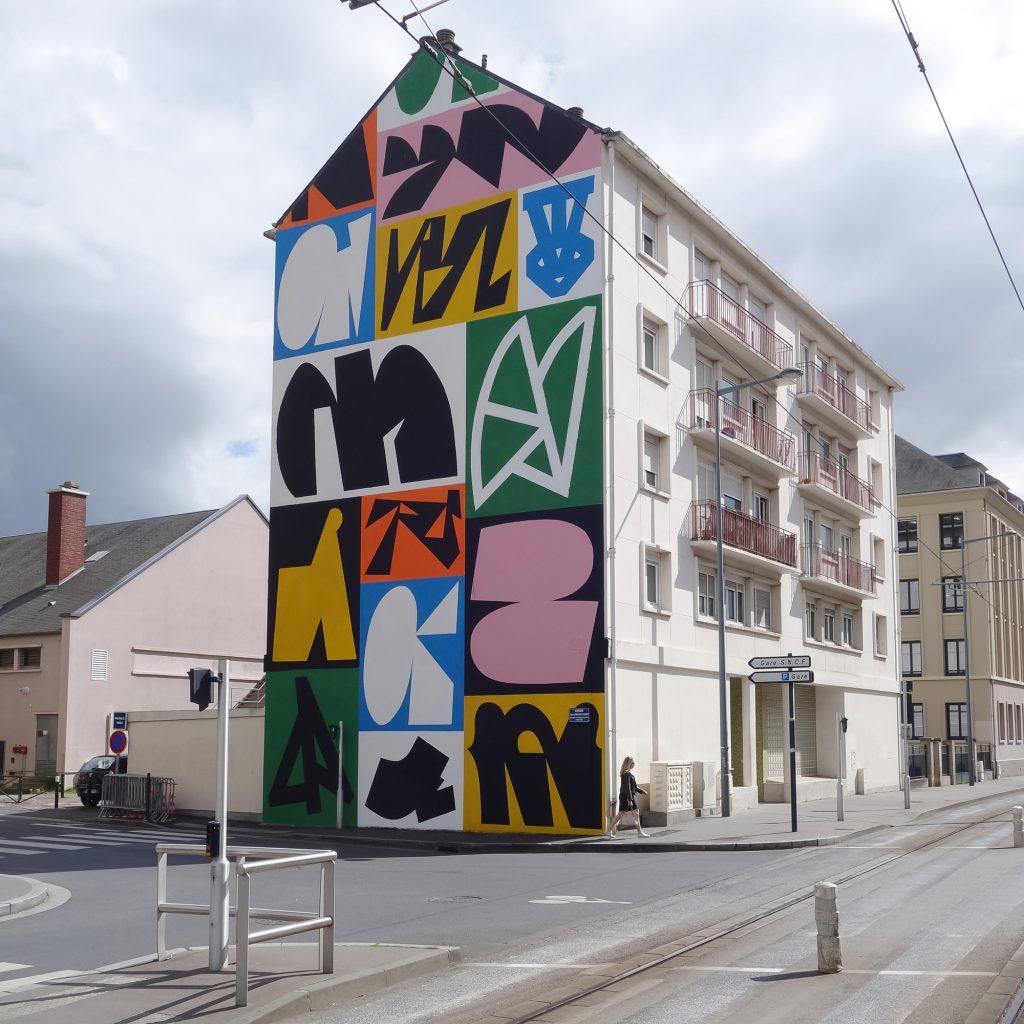
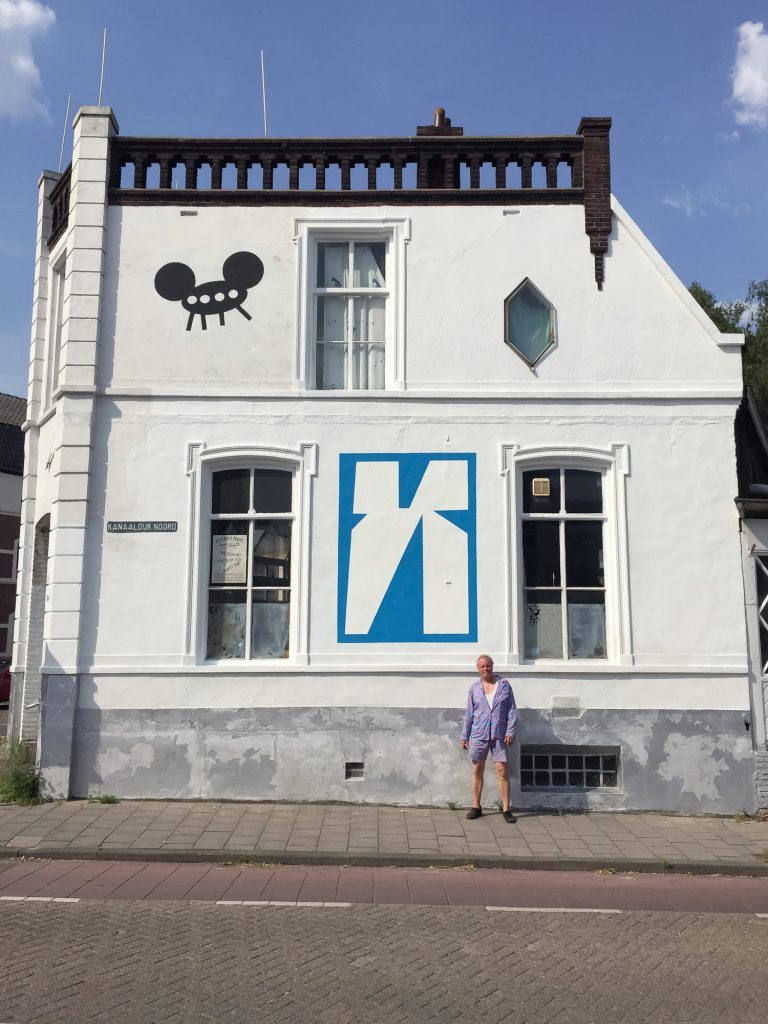
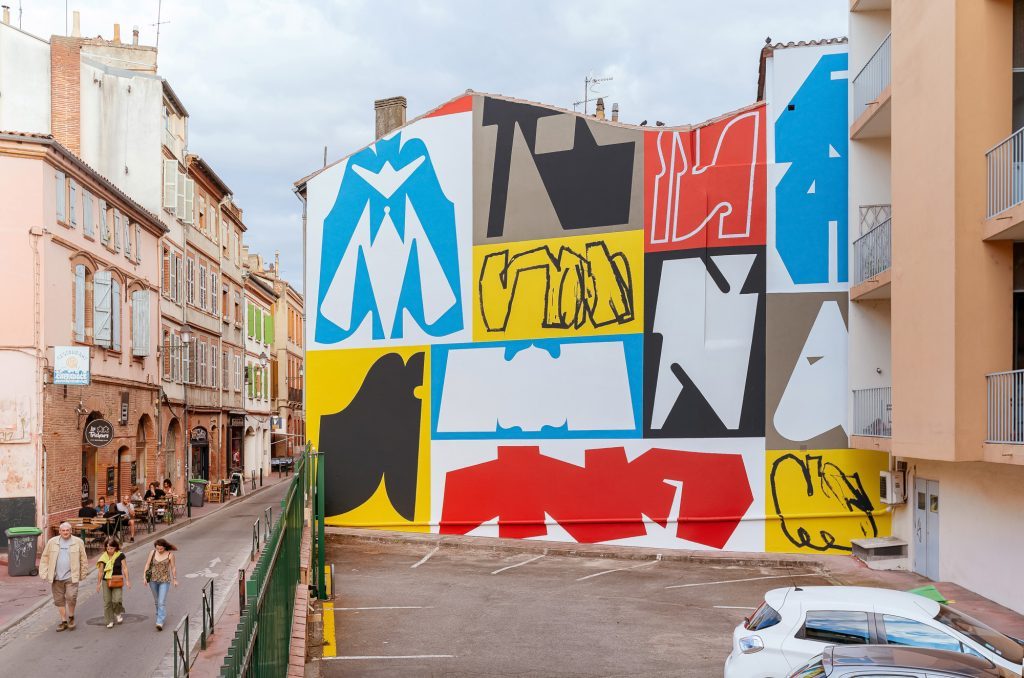
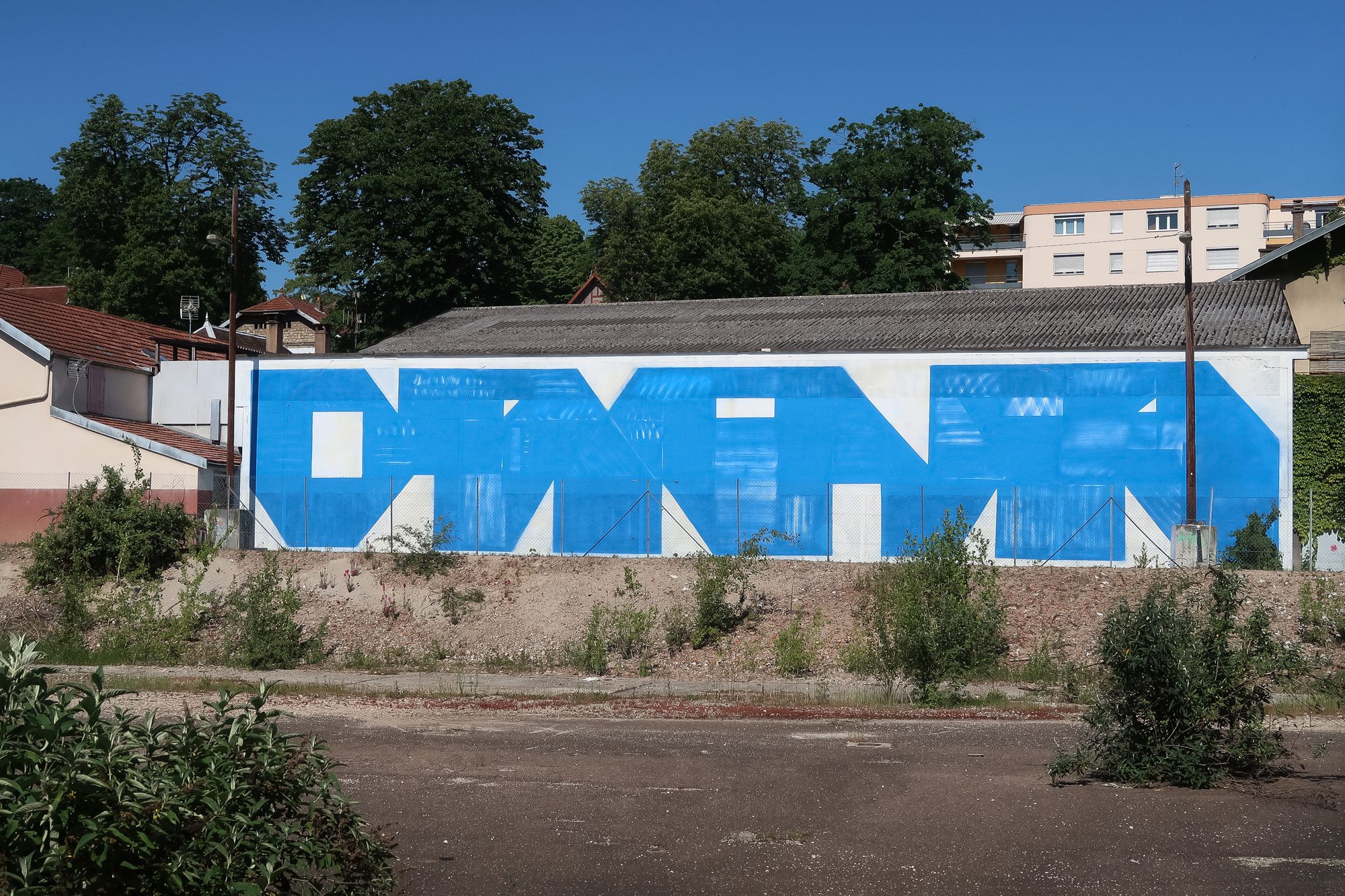
In his studio EROSIE is drawing, painting with wall paint, spray can, using mixed media on canvas, or doing collages. For him painting with the limits of the canvas make the work less linear, on canvas he is not working from left to right like on paper or a wall, but often from bottom to top, going over, repainting some parts sometimes. To the question what art movements inspire him, he answered Dada, abstract expressionism and Cobra, an international group of artists that strove to turn away from Surrealism and revive Expressionism with the stylistic means of Art Informel in the late 40s. Working with intuition and spontaneously one finds a similar approach with EROSIE. Some of his work of the last years reminds of bicolor works of Hard Edge Painting, in particular by Lorser Feitelson in the 60s with rounded large-surface shapes in one colour contrasting on the background in another colour. Maybe the link can be seen in the forms of the 60s, abstract geometric rounded shapes of the post-war architecture and design of the time.
Jeroen EROSIE is one of those rare visual artists of the Post Graffiti era who is always rethinking his practice, conceptualizing it, observing and reflecting what is happening around him and trying to react in a surprising way in breaking with his own established laws, and therefore being reactionary towards his own achievements. In experimenting continuously new ways, freeing his artistic mind again and again by drawing with intuition, he is surprising in always finding new original forms for his unique visual language.
*juxtapoz.com/ jeroen-erosie-the-iterative-process/
instagram.com/jeroen_erosie
erosie.net
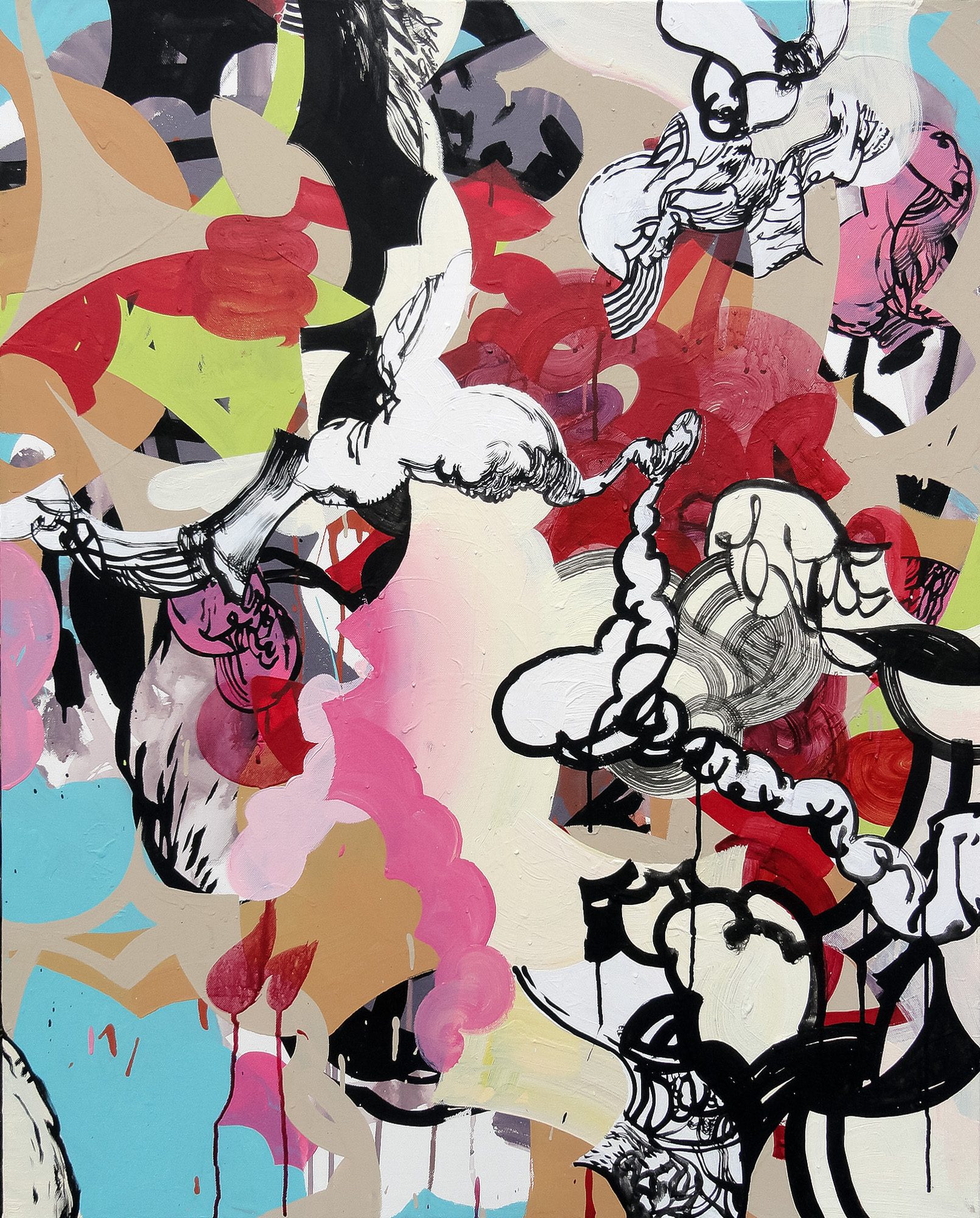
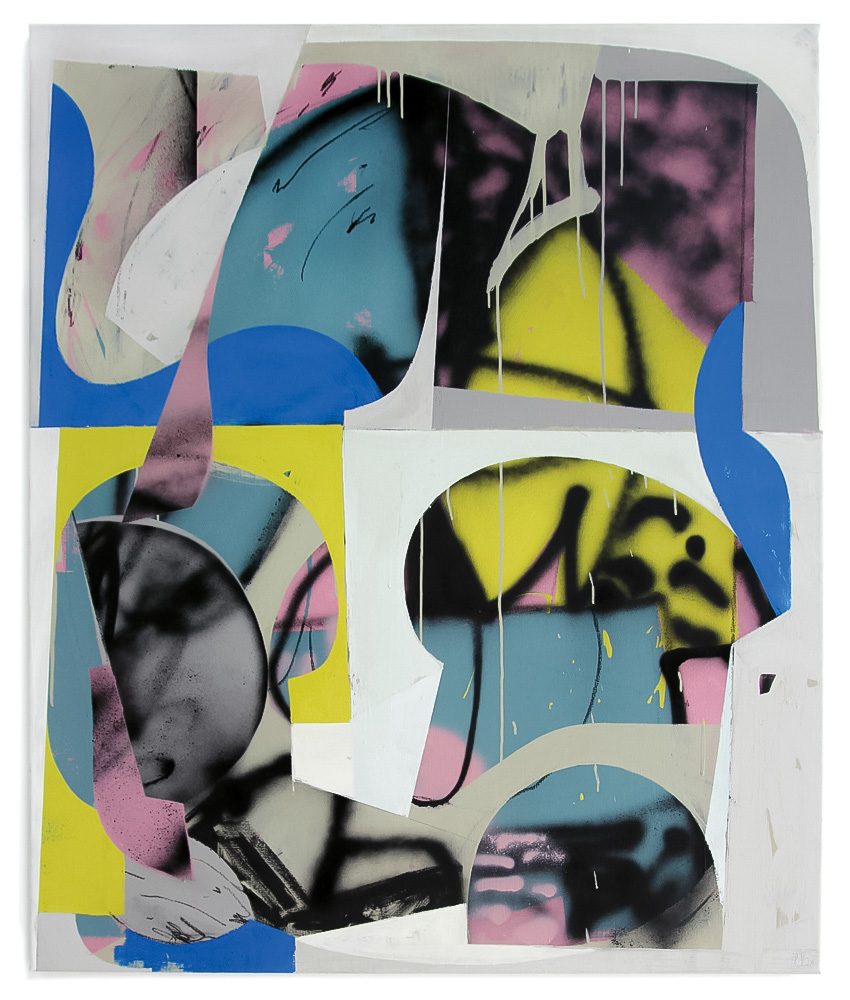
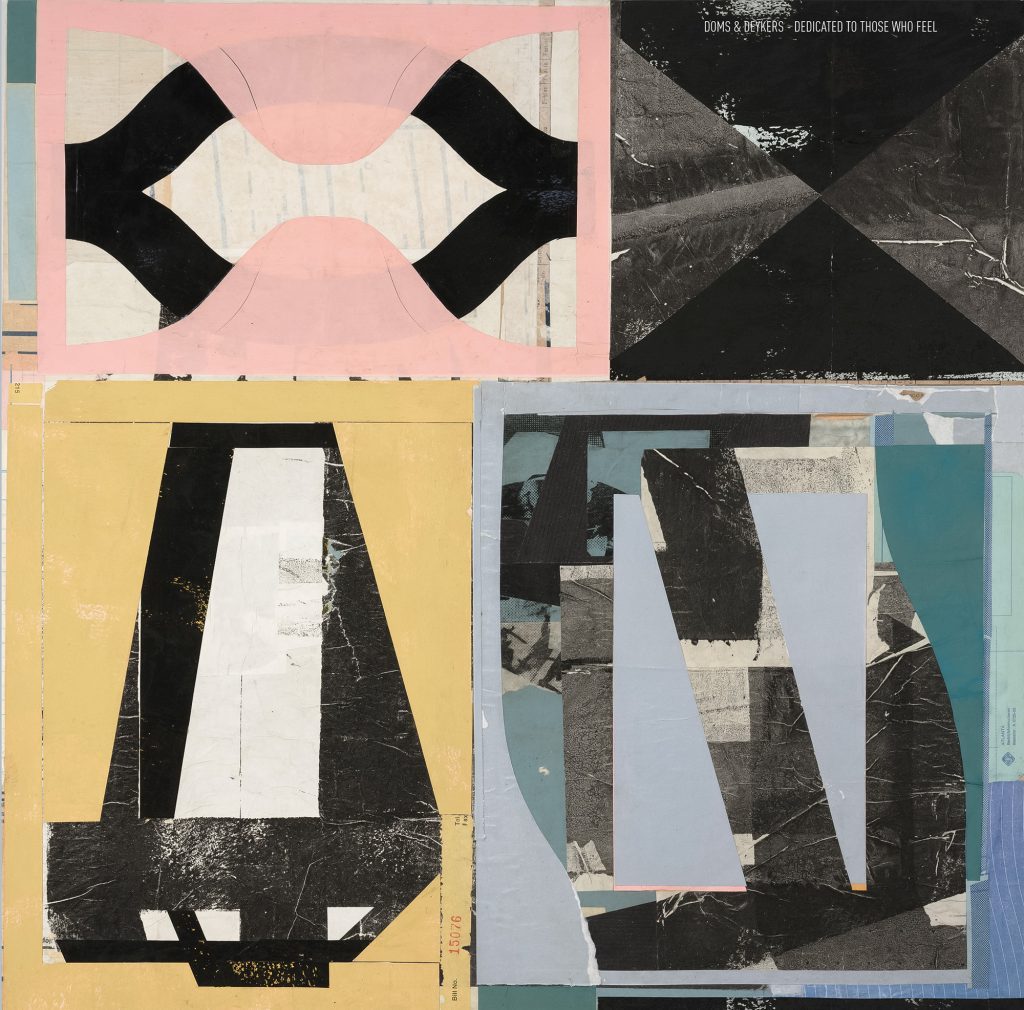
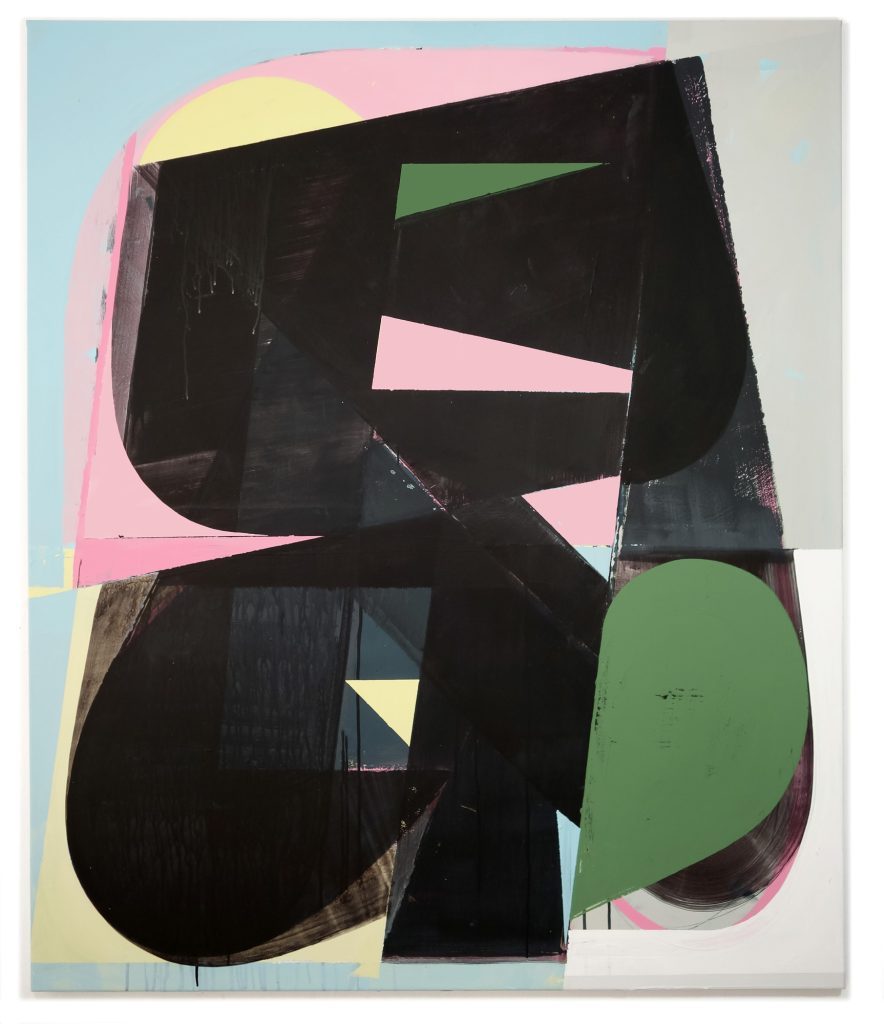
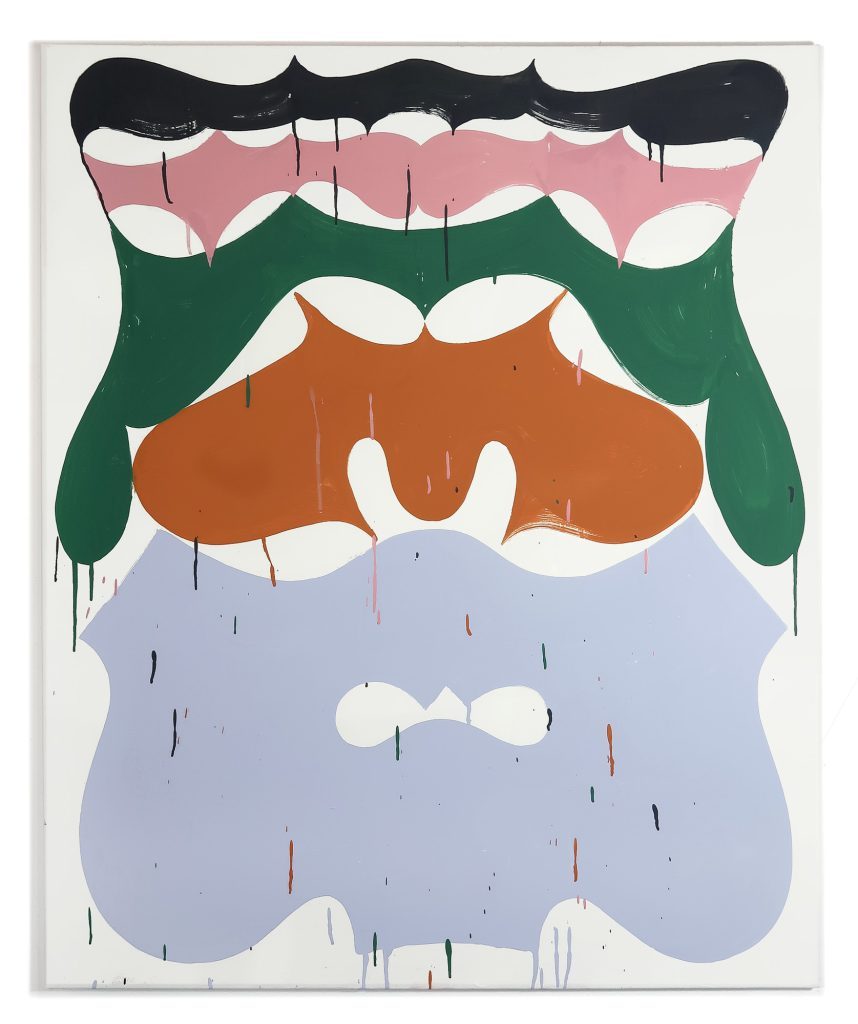
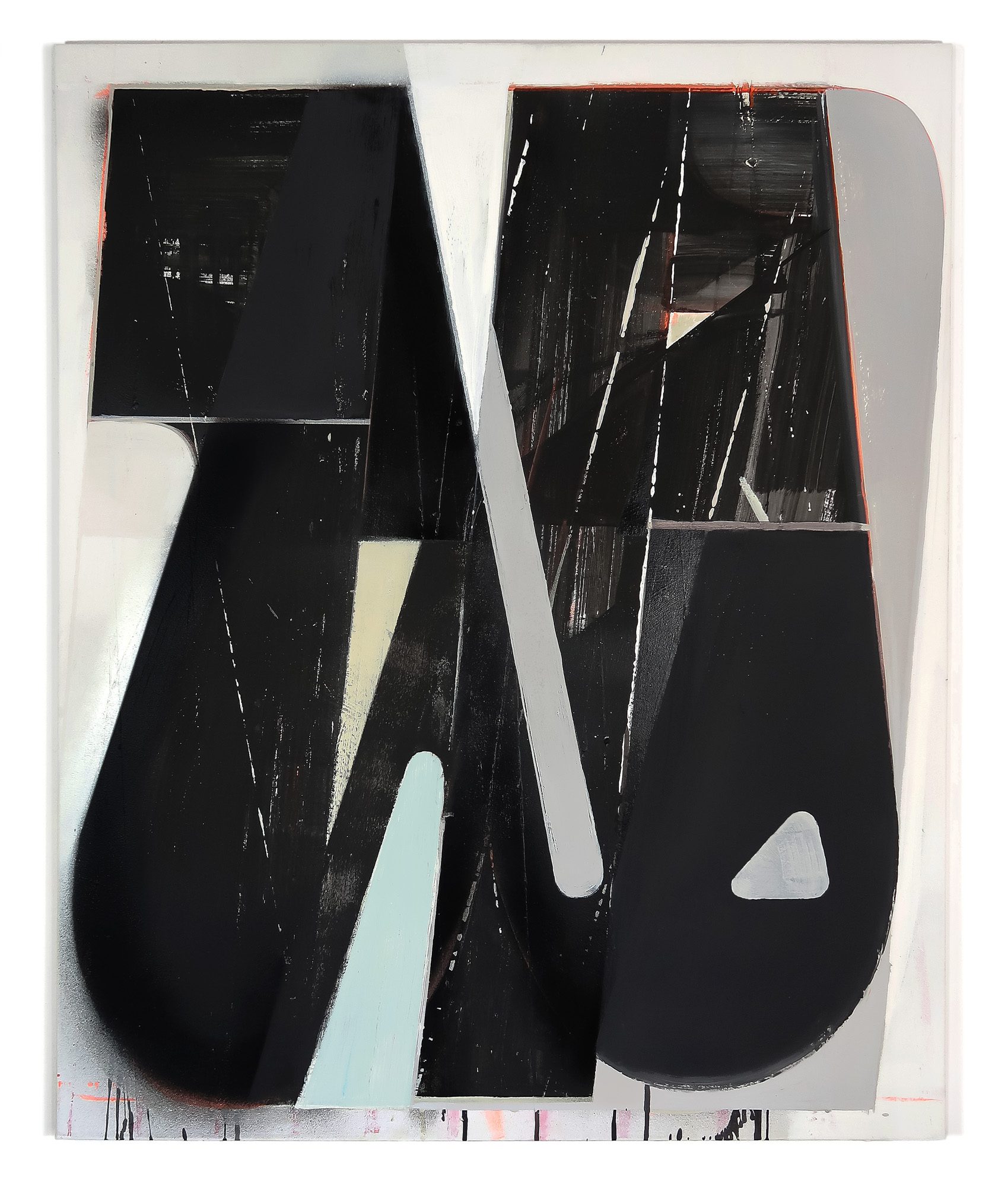
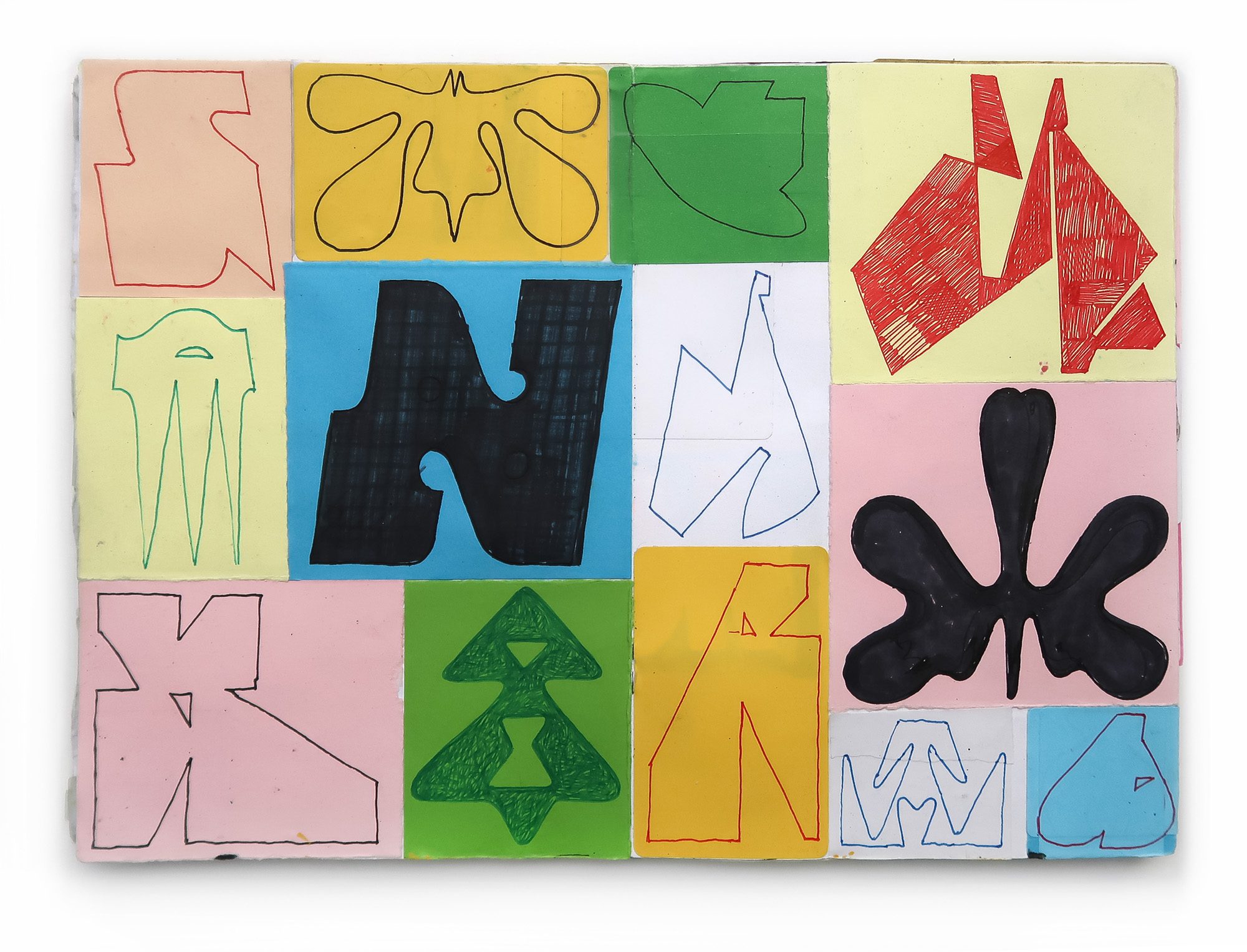
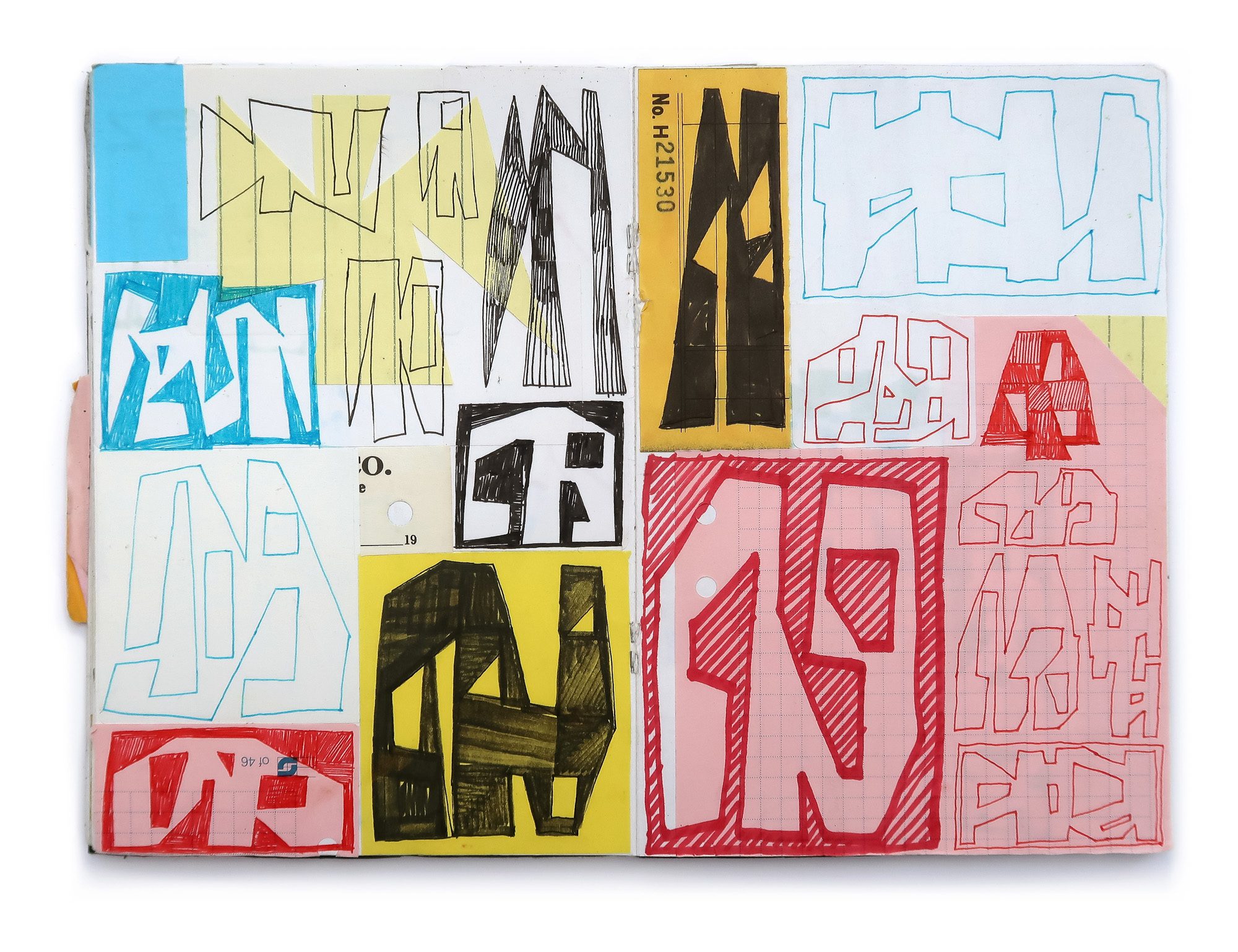
1,036 views
Categories
Tags:

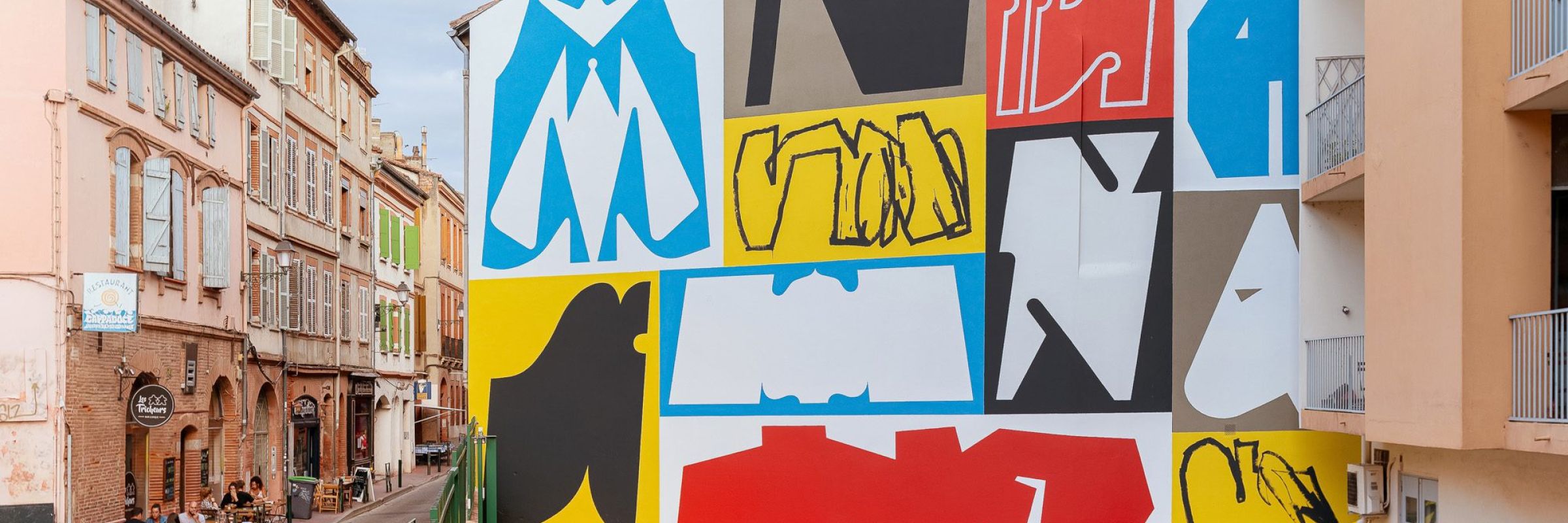

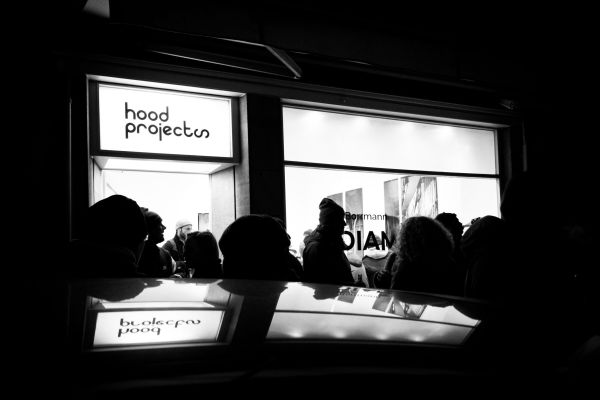
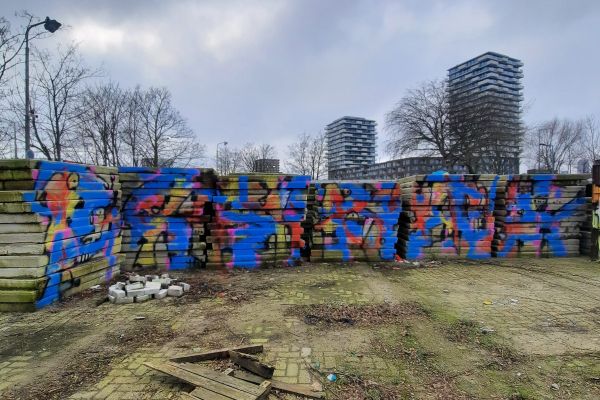
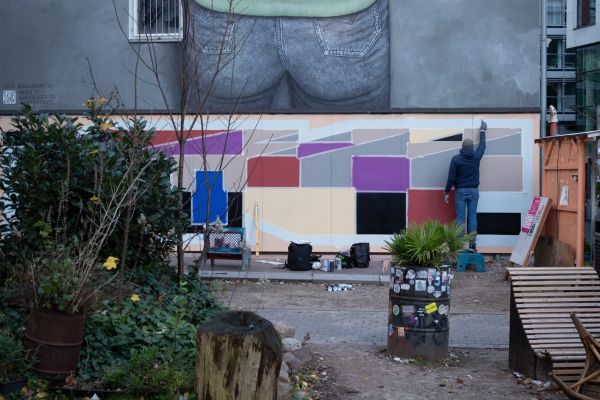
Leave a Reply